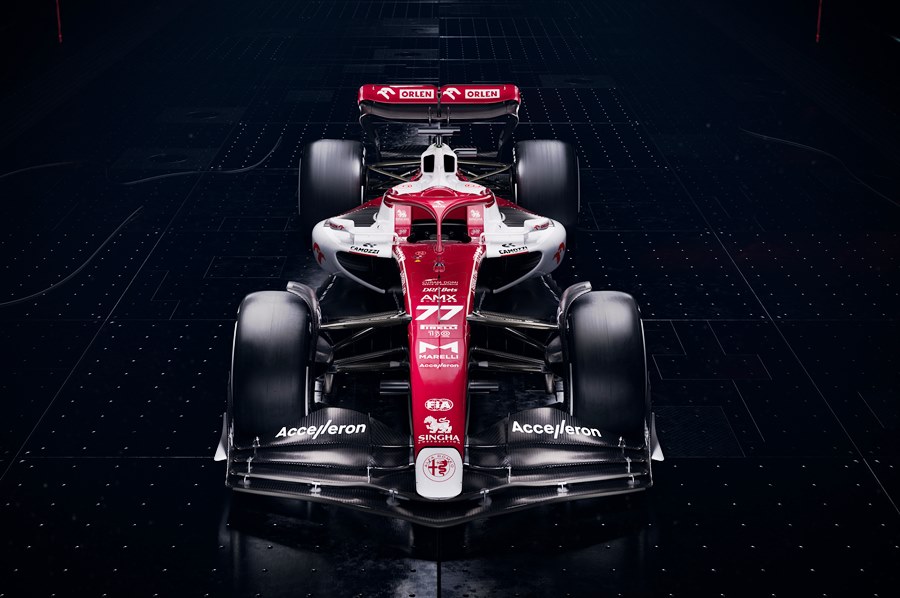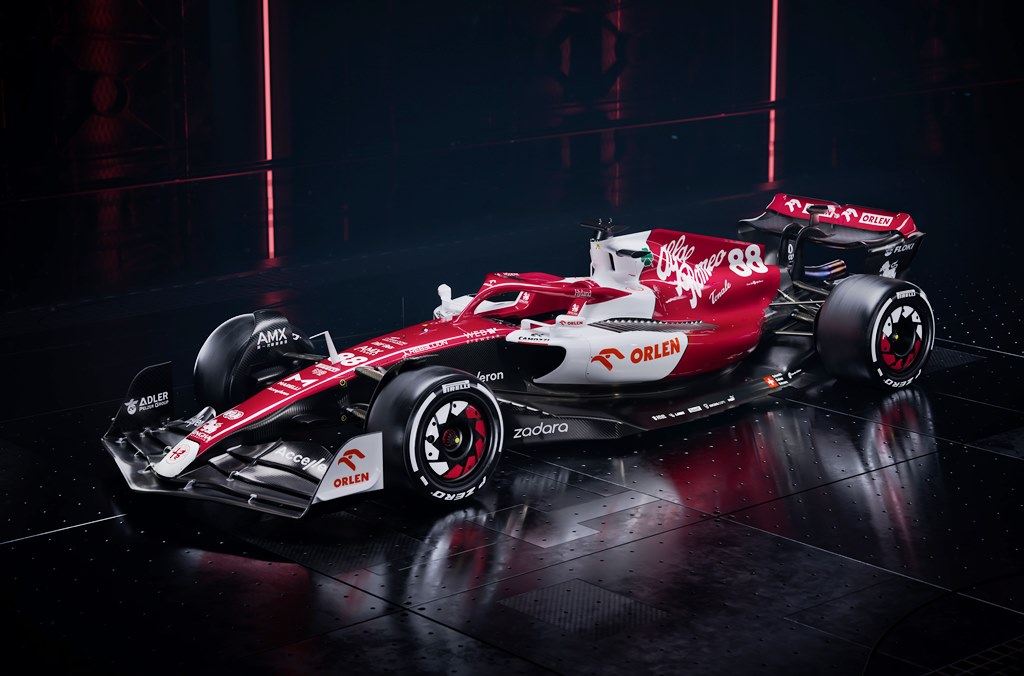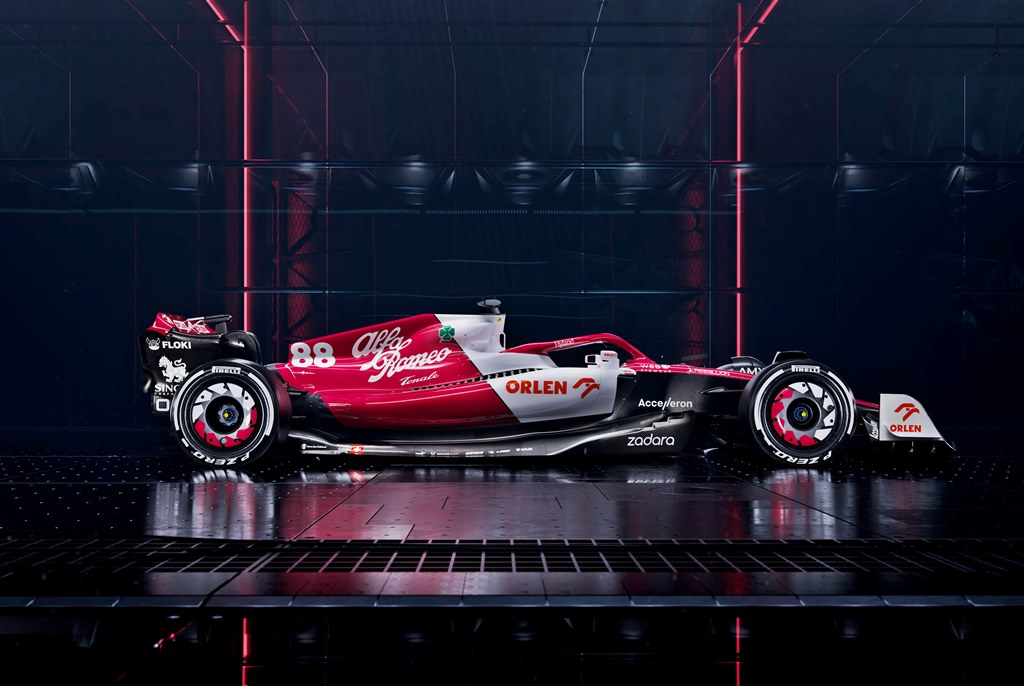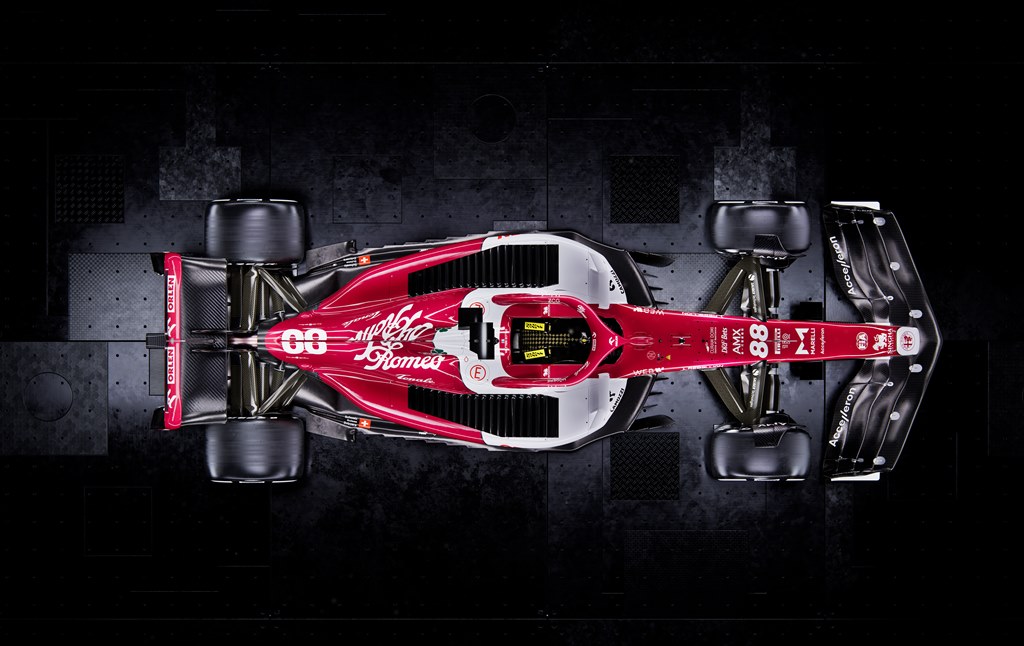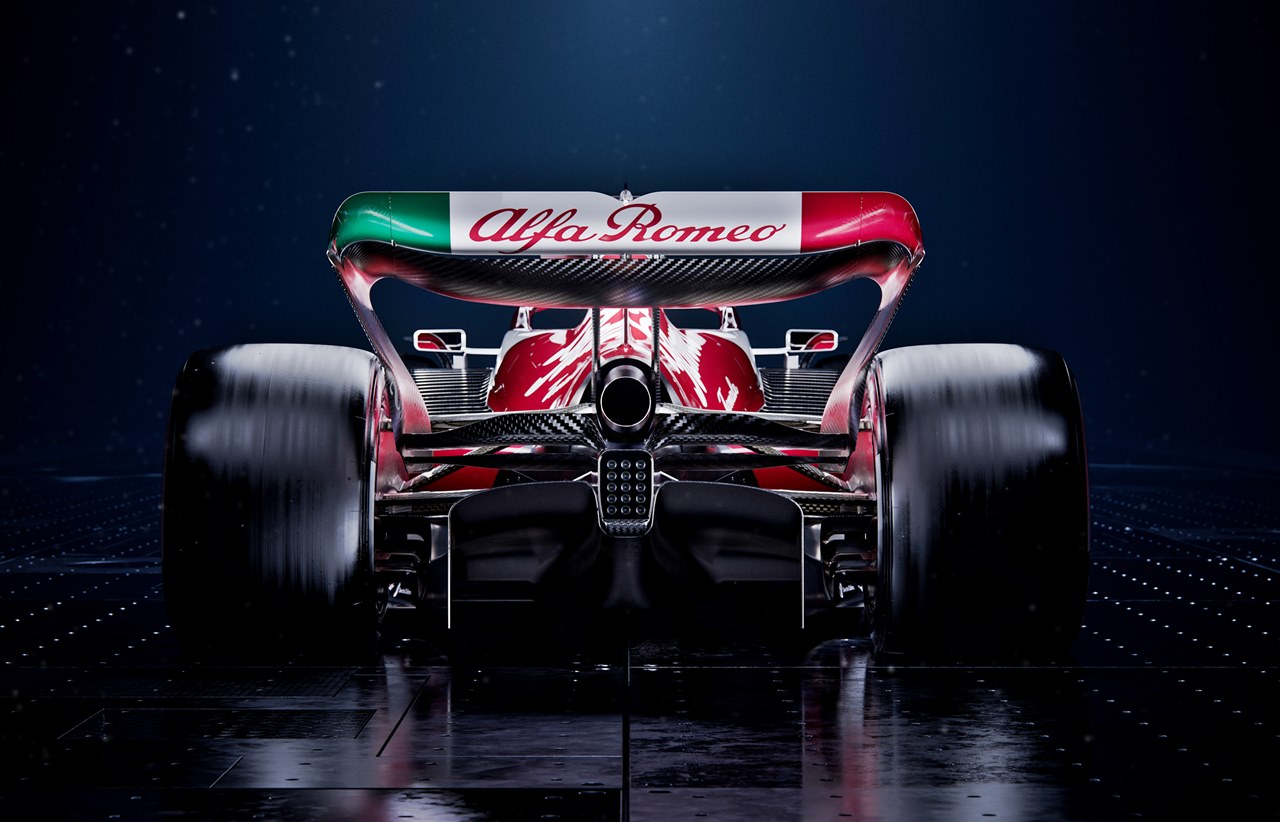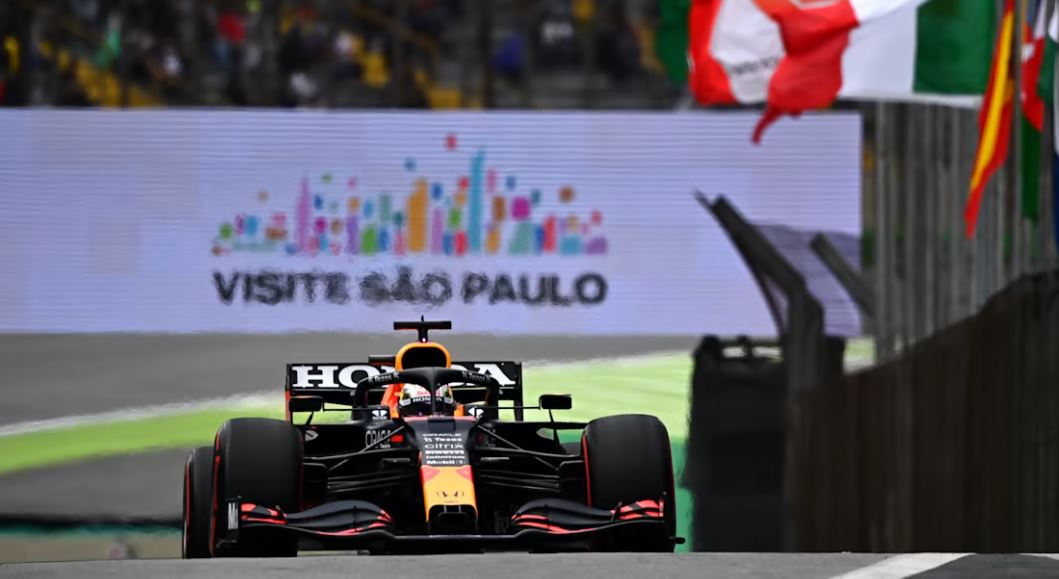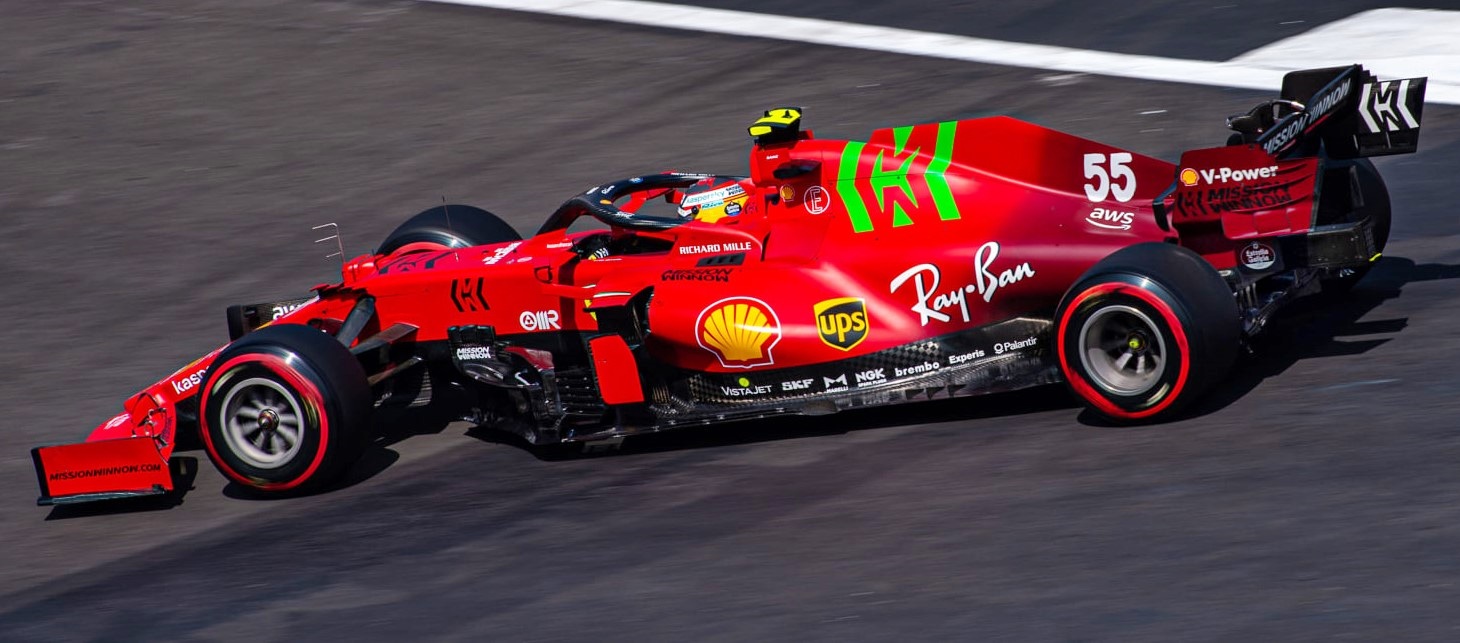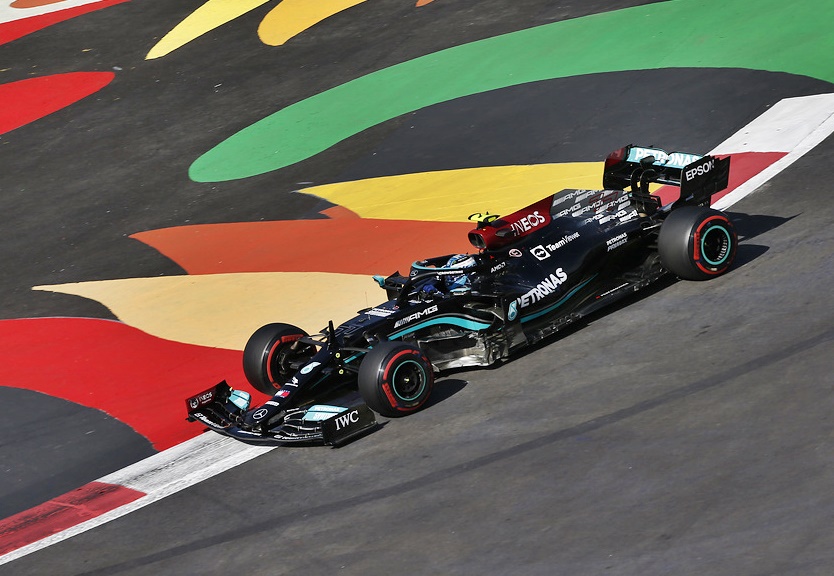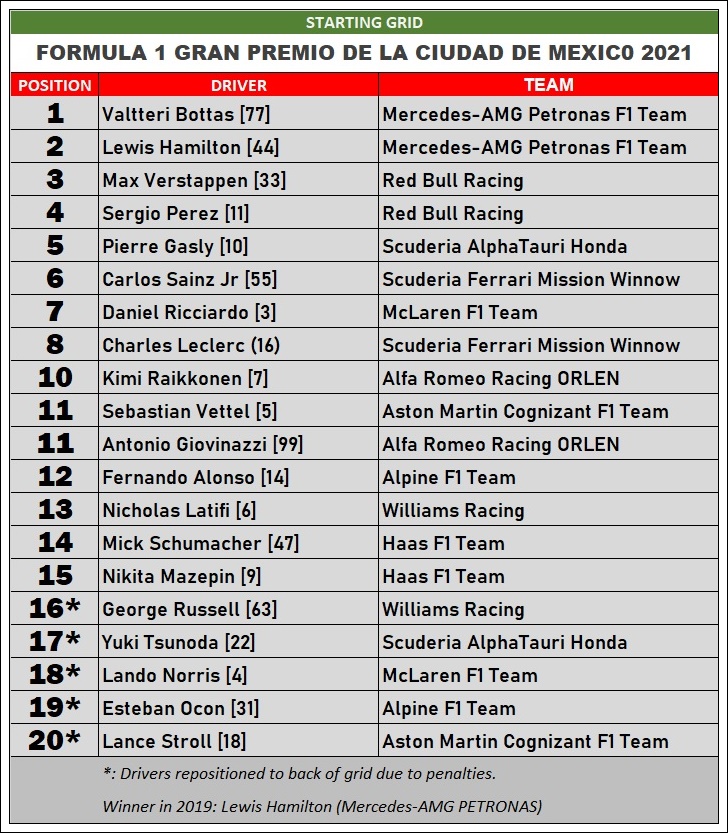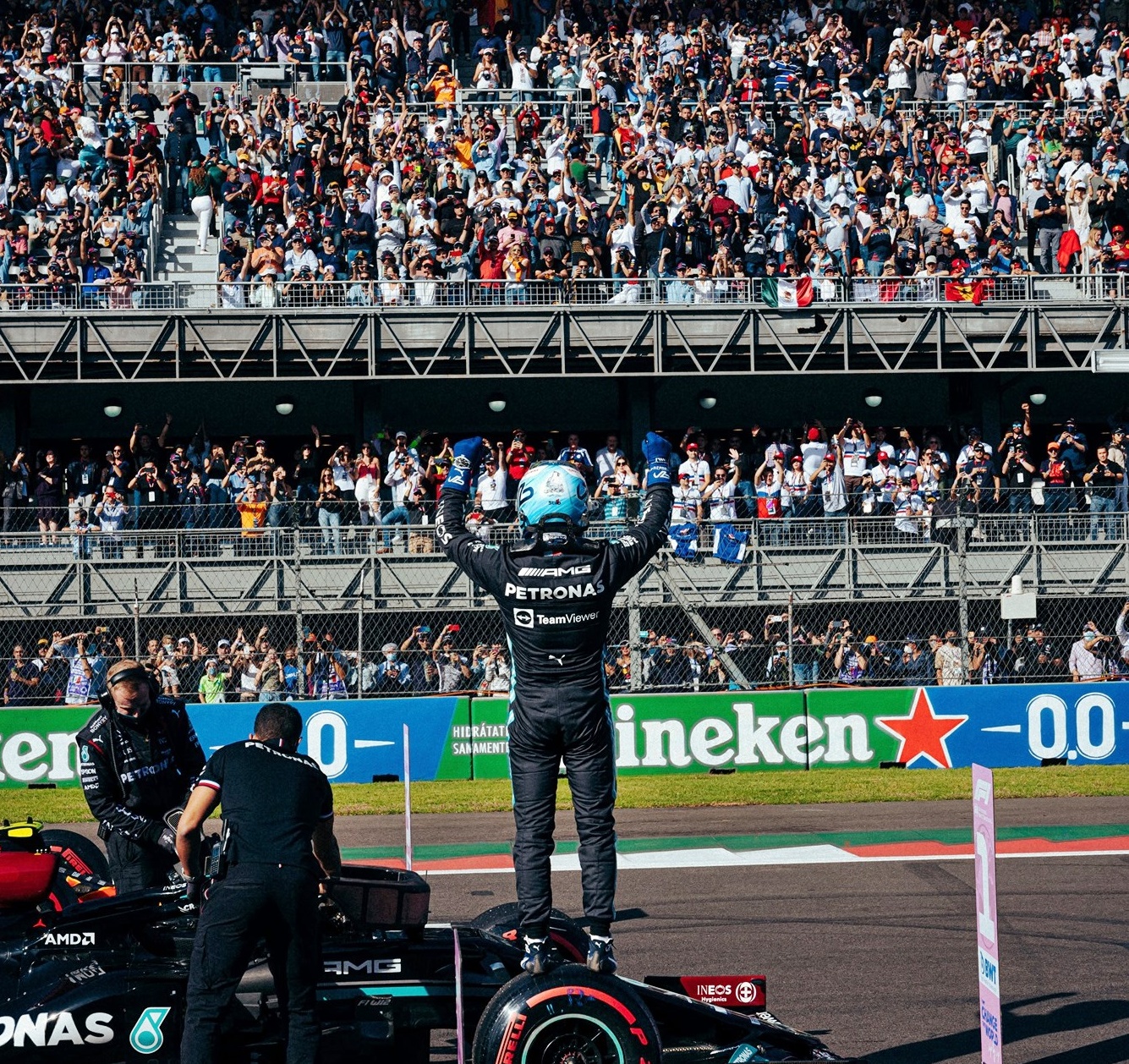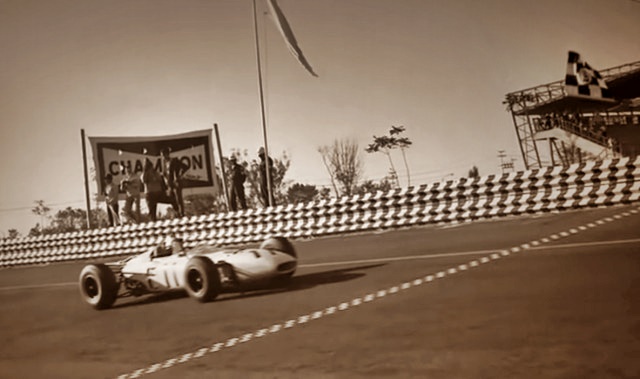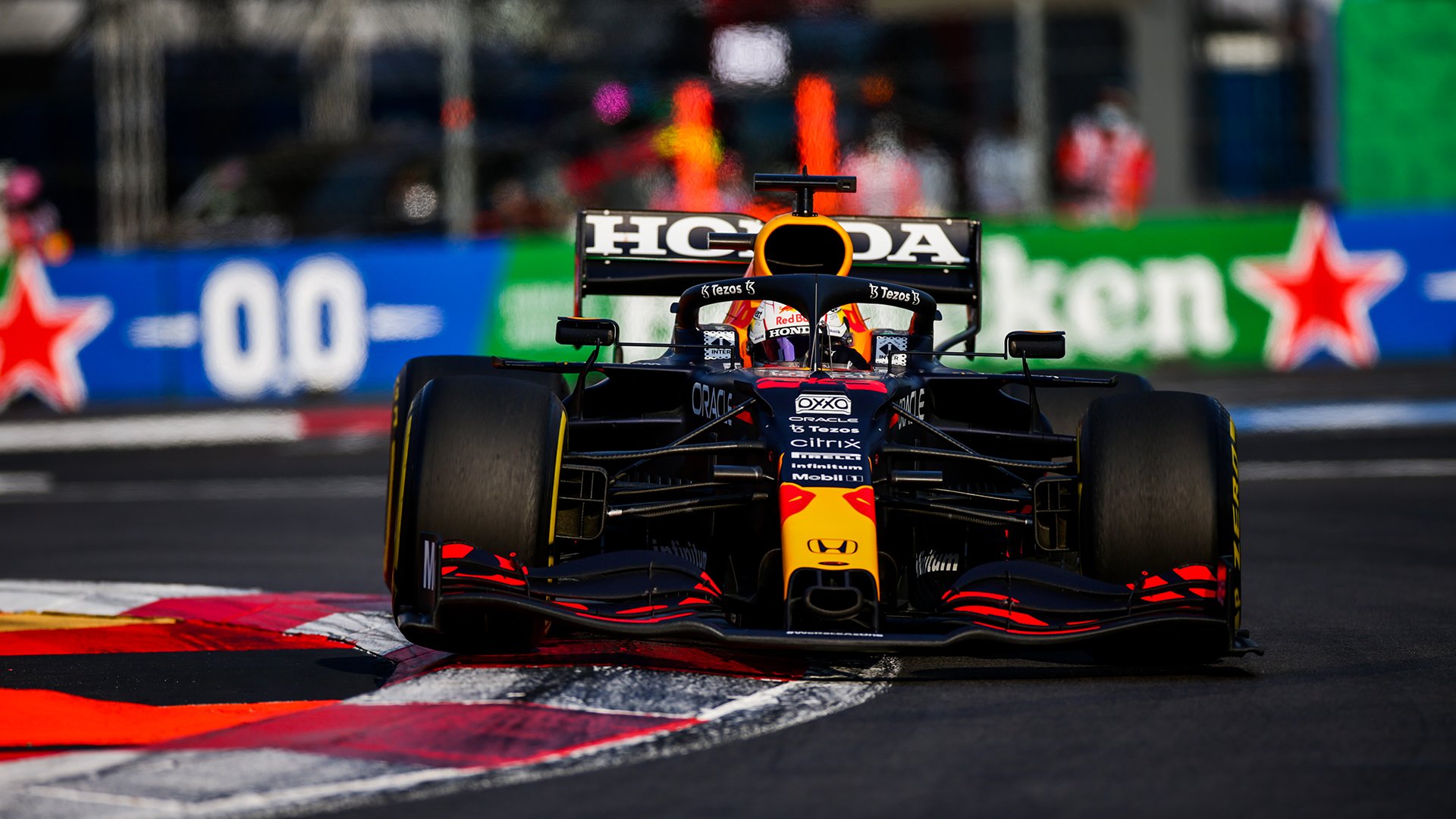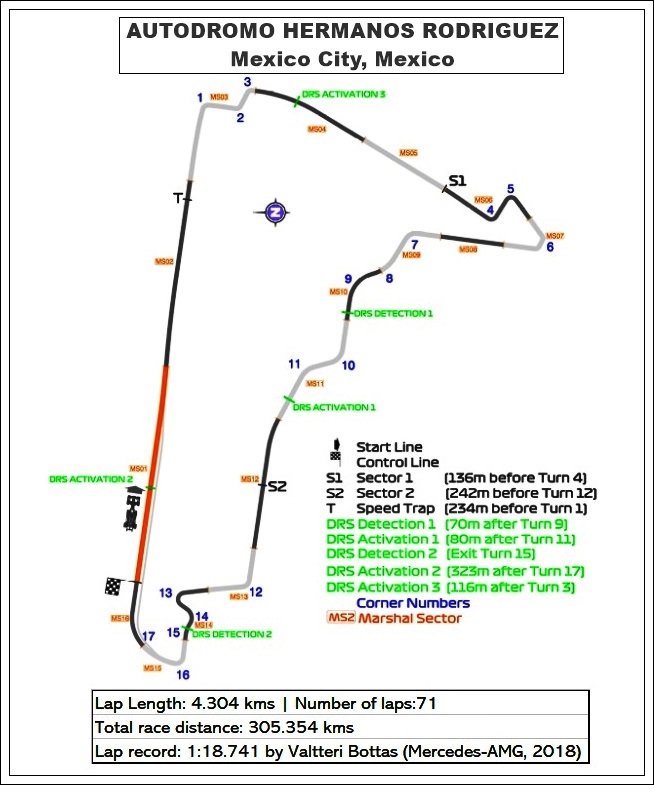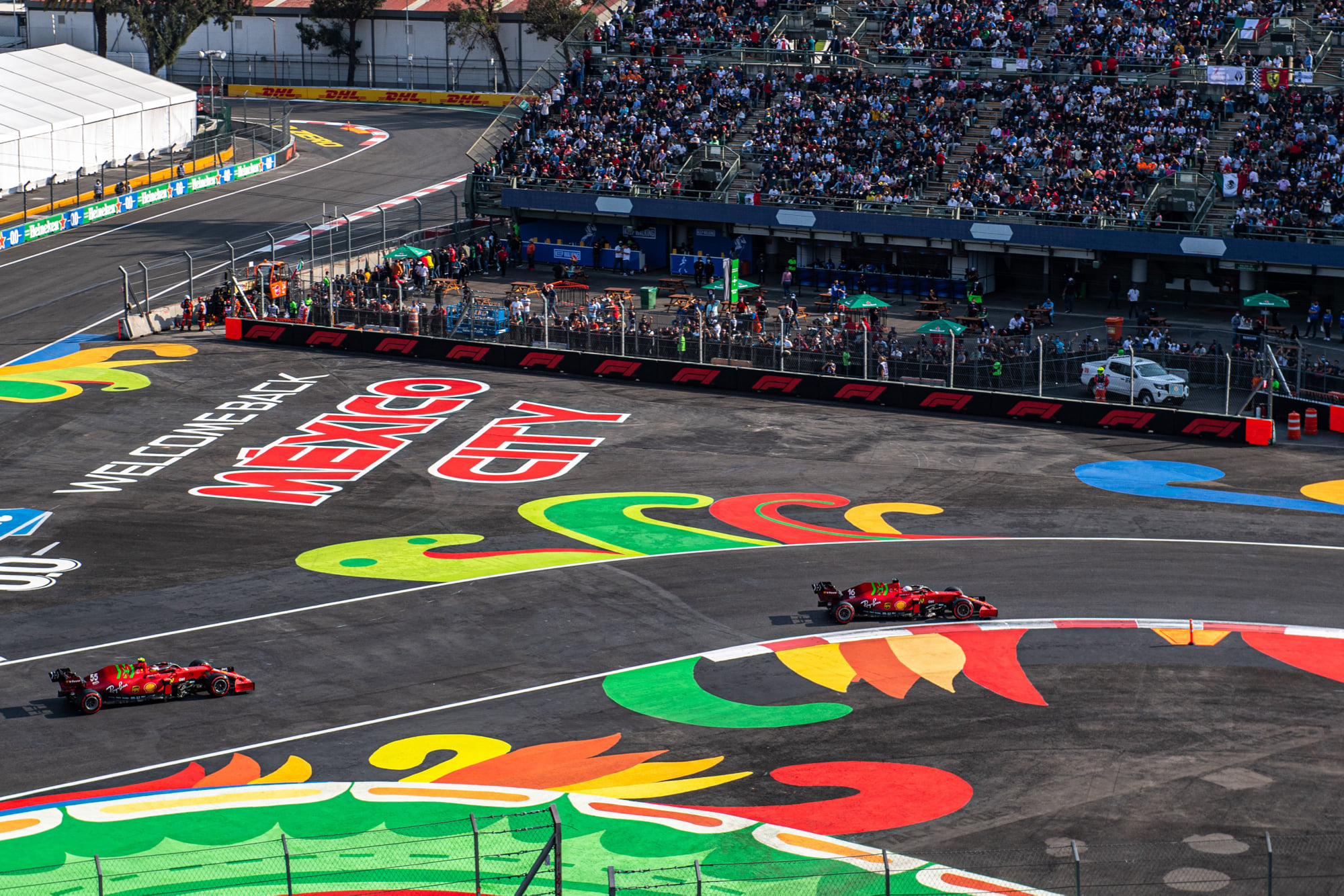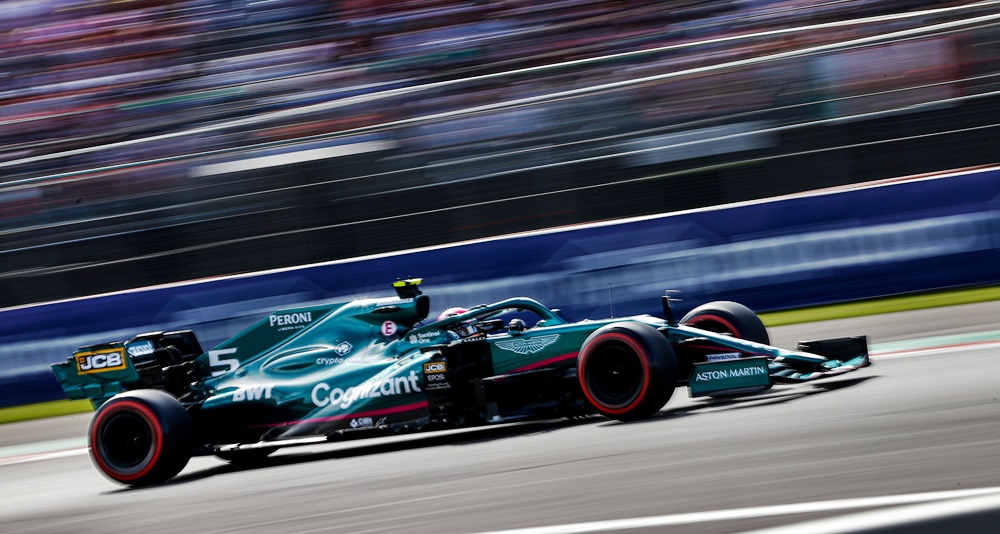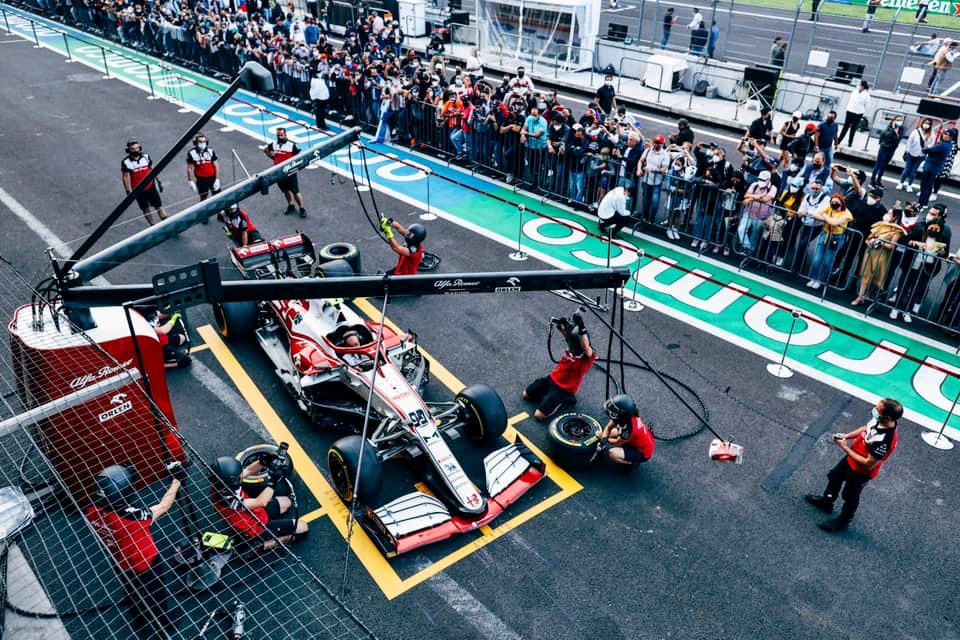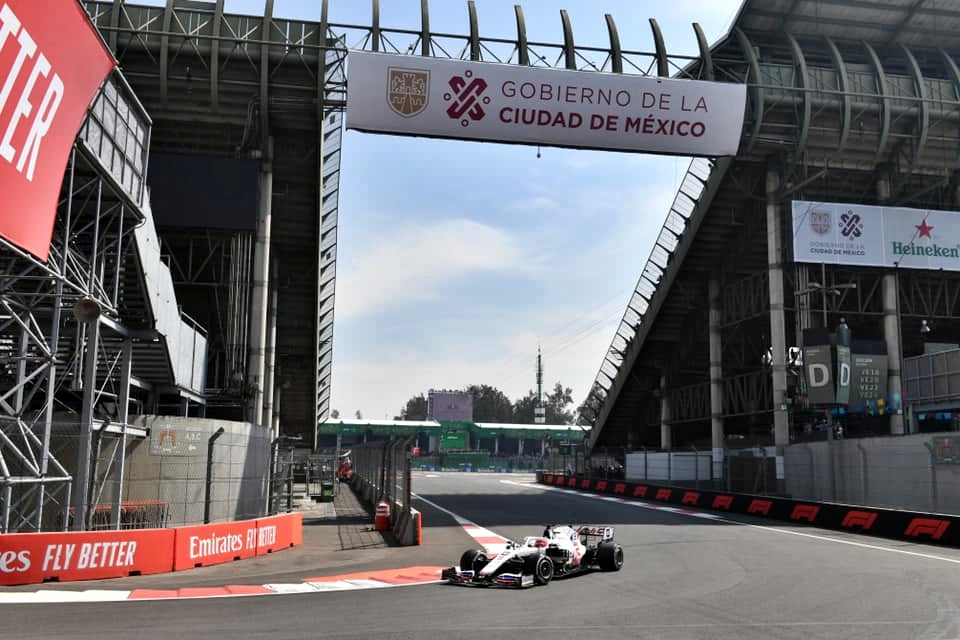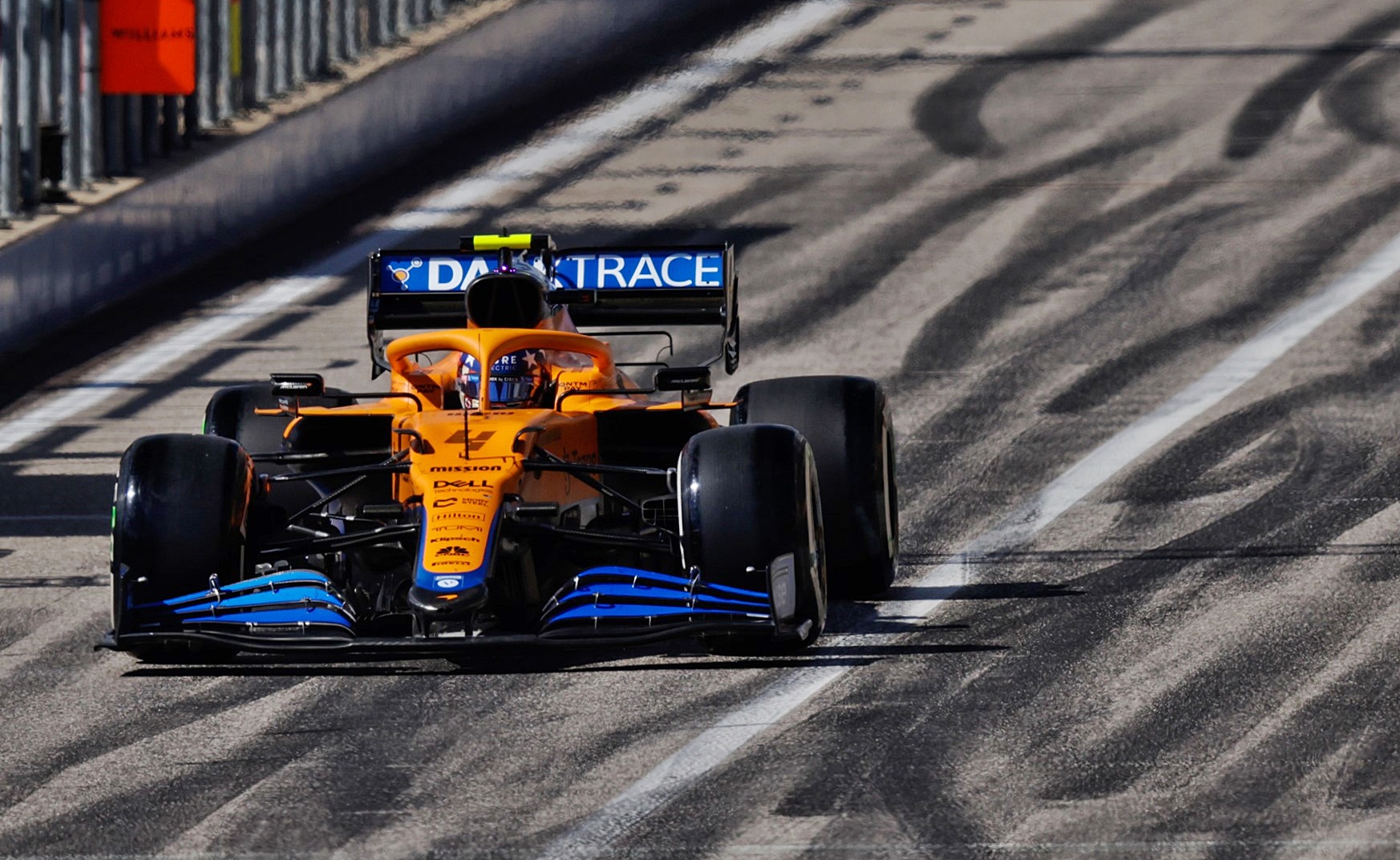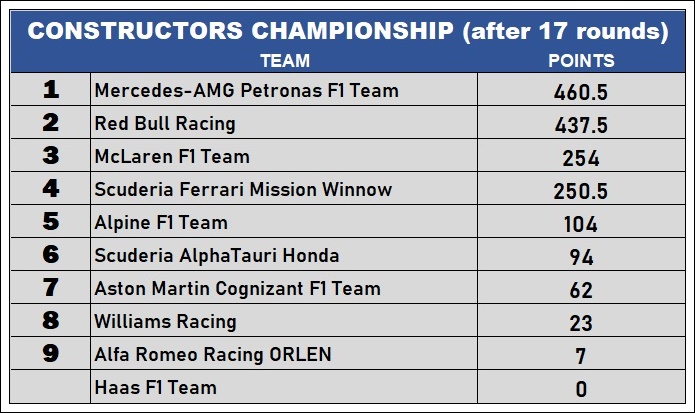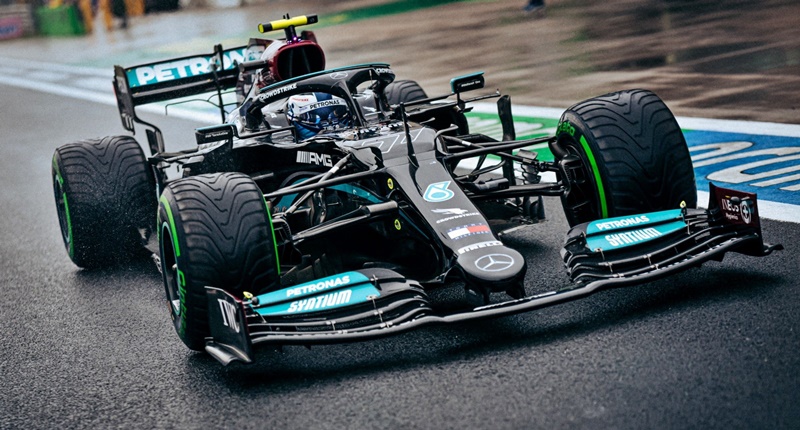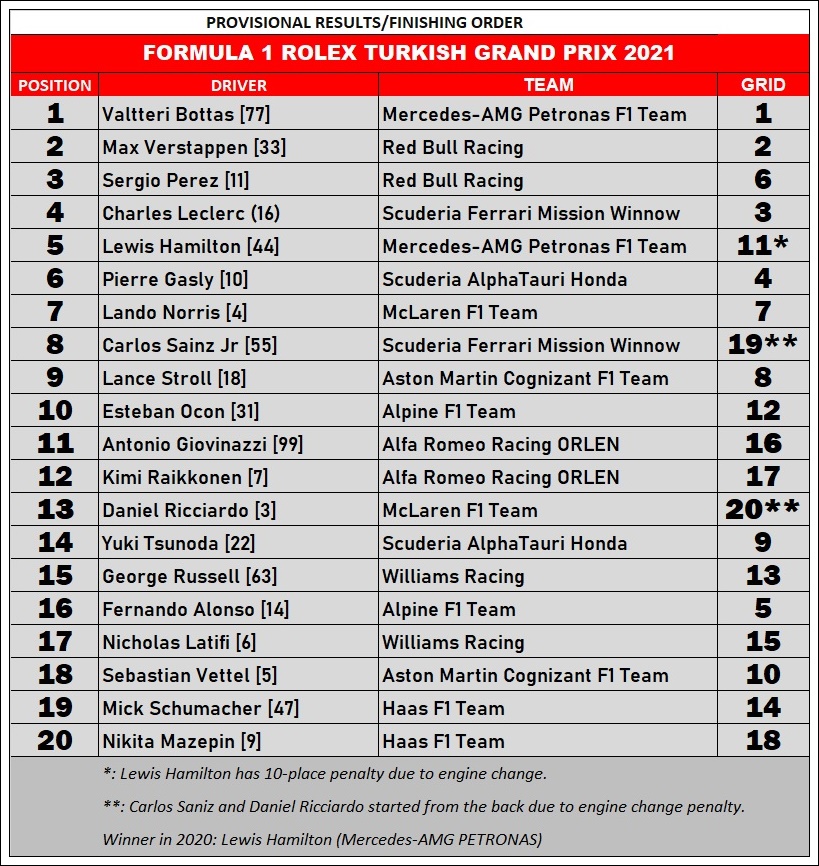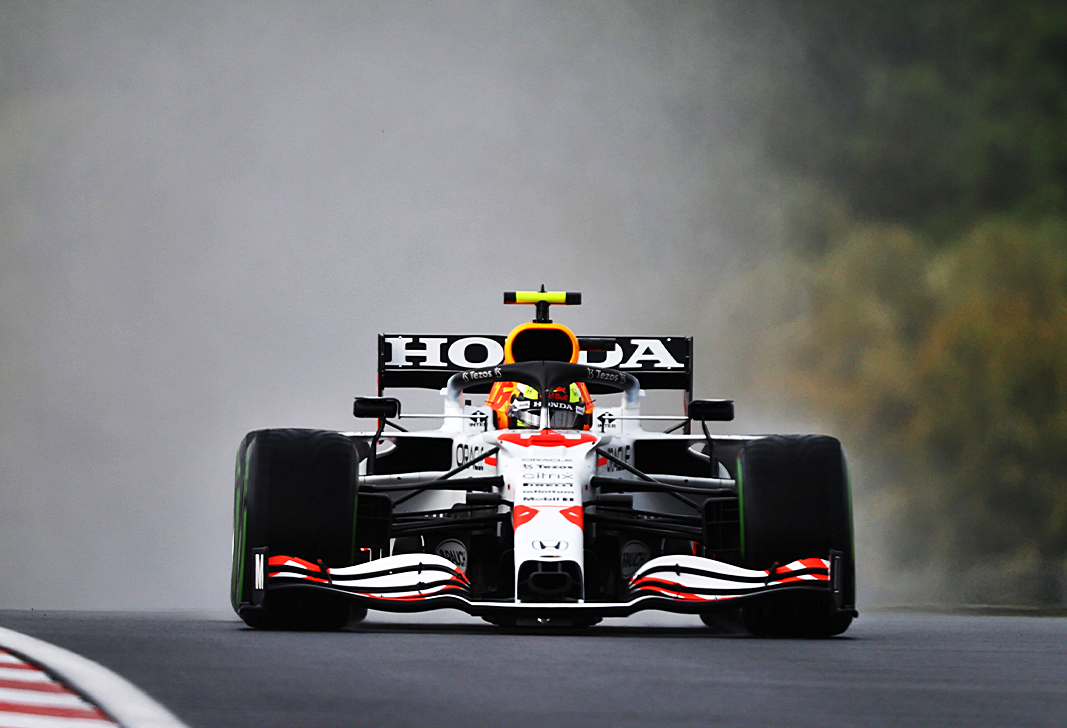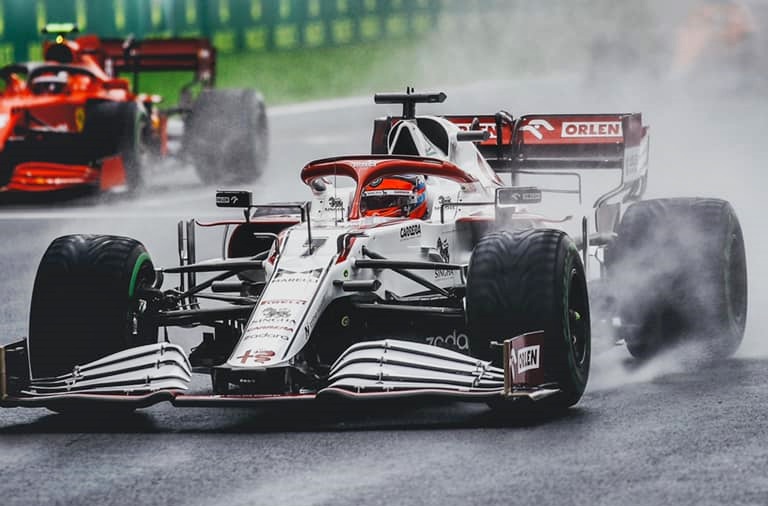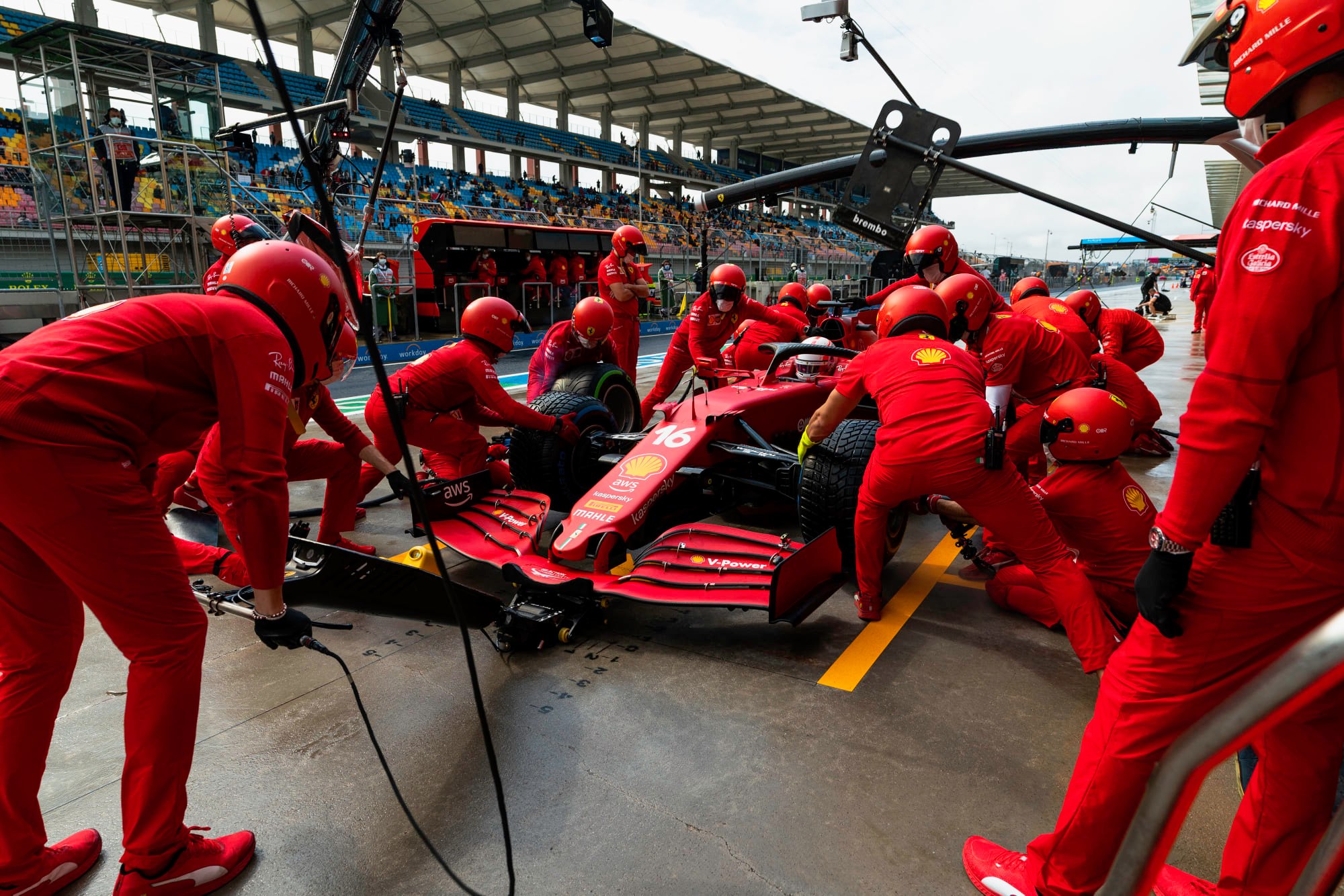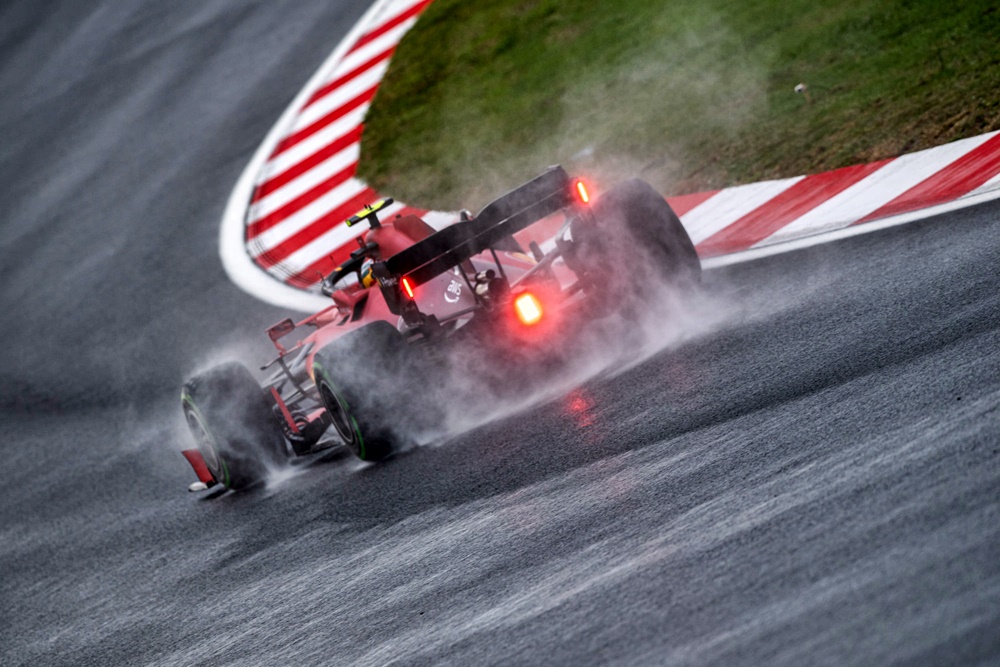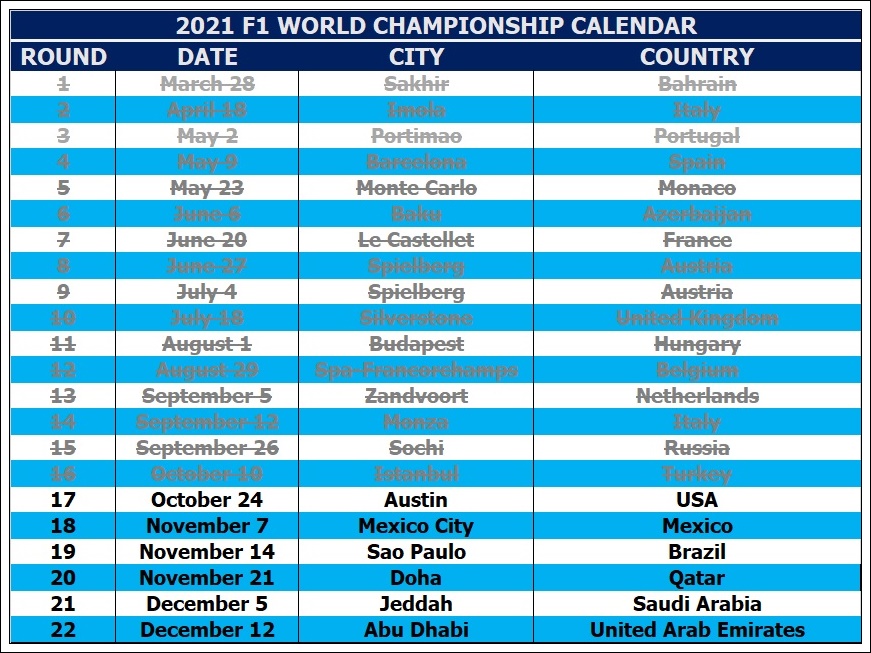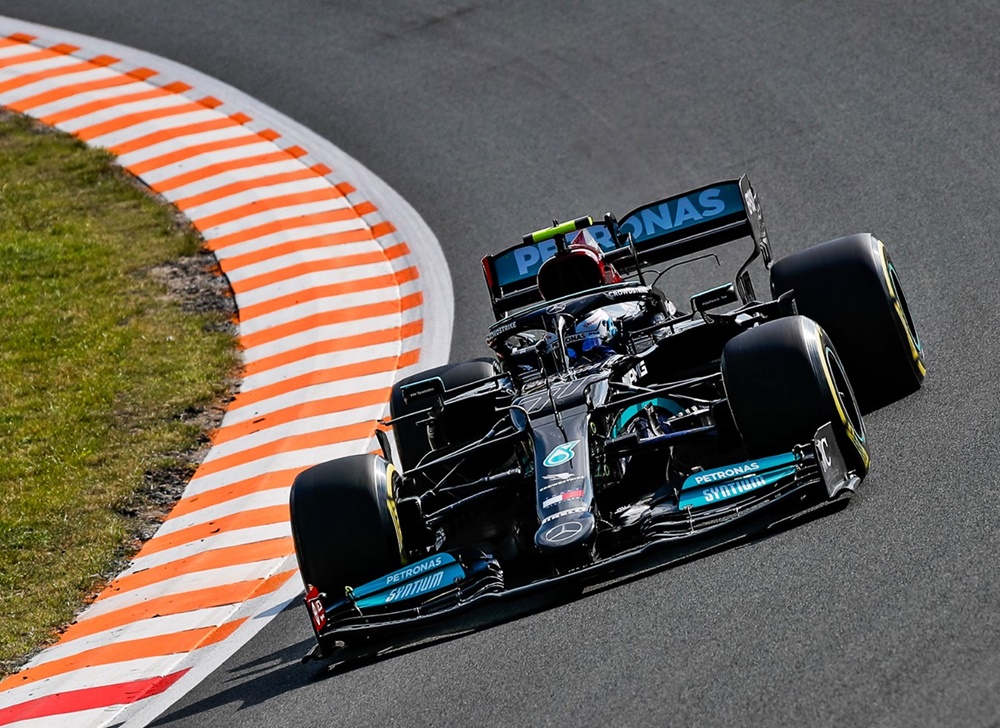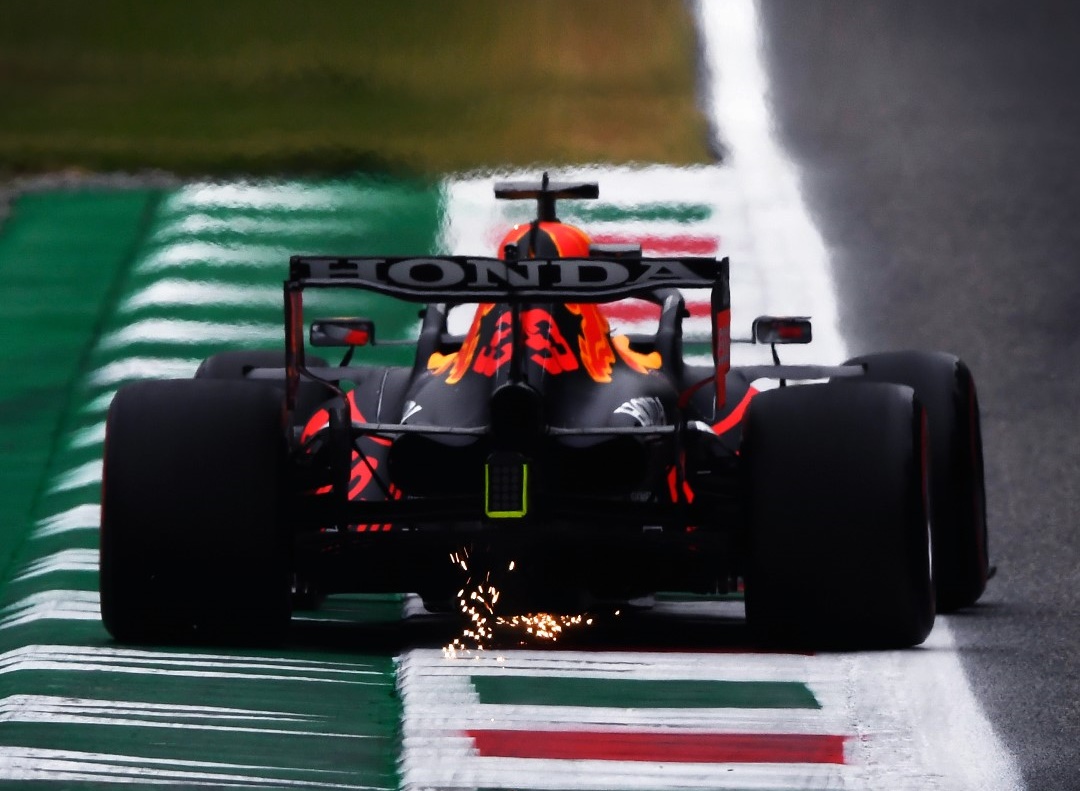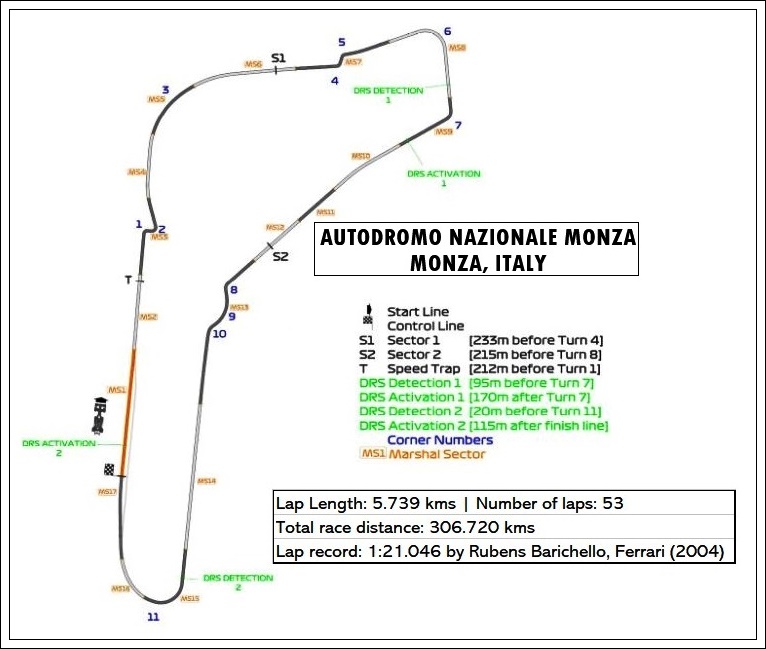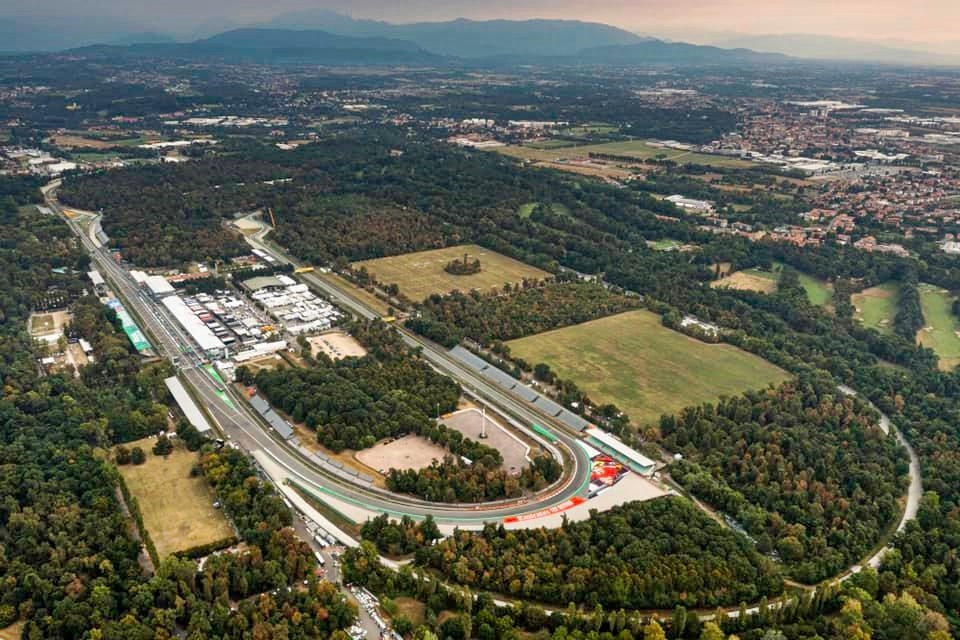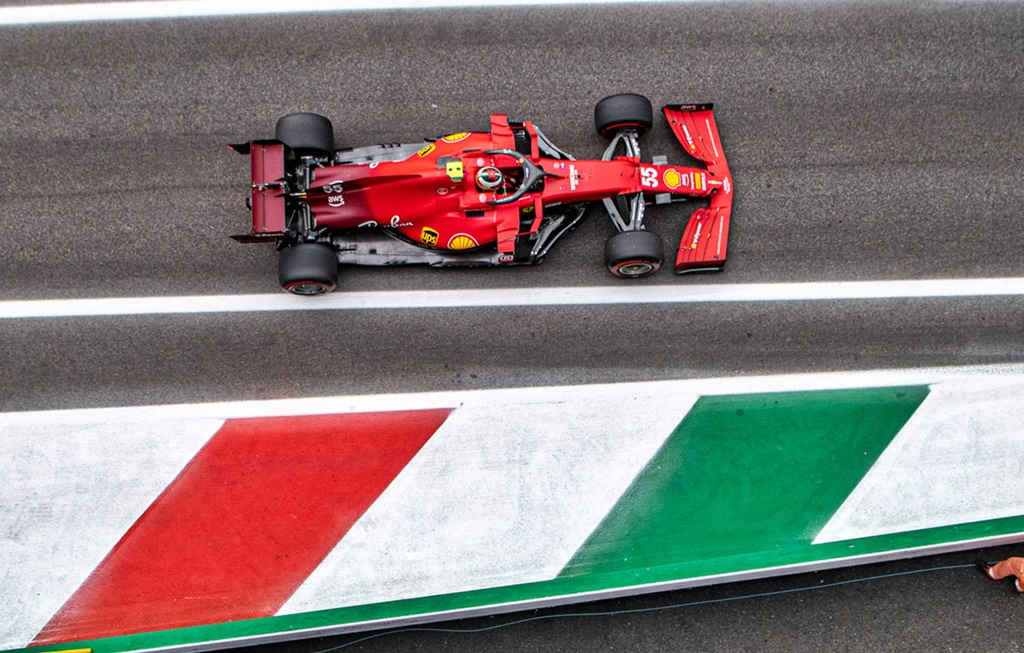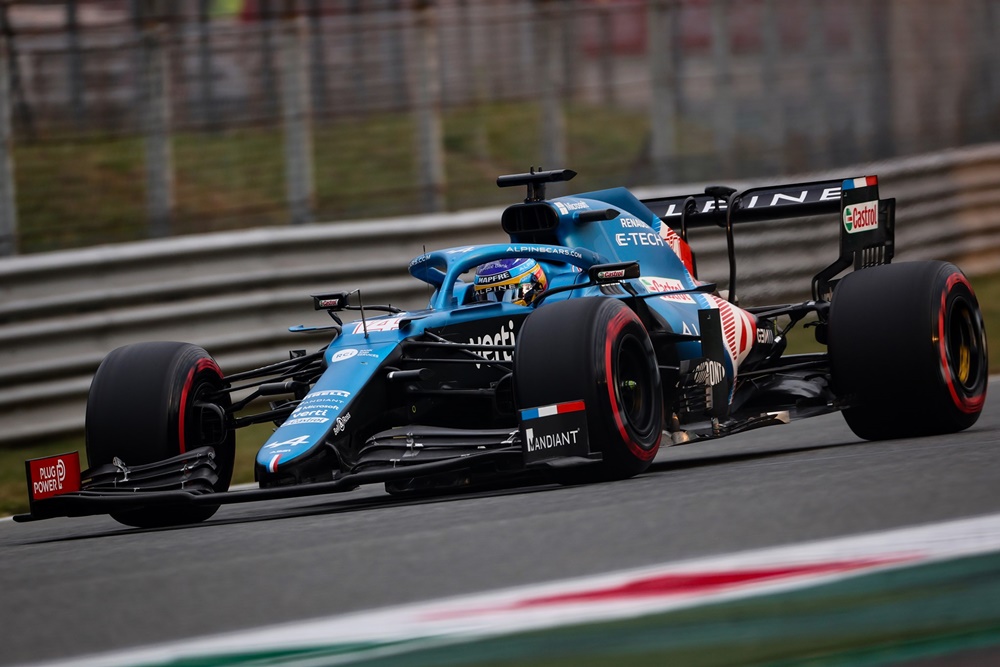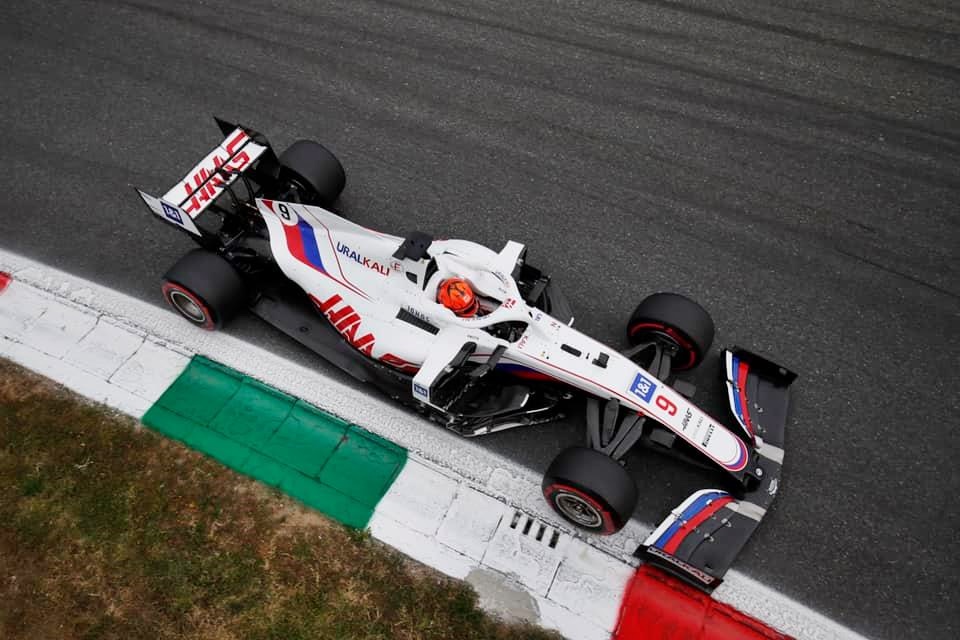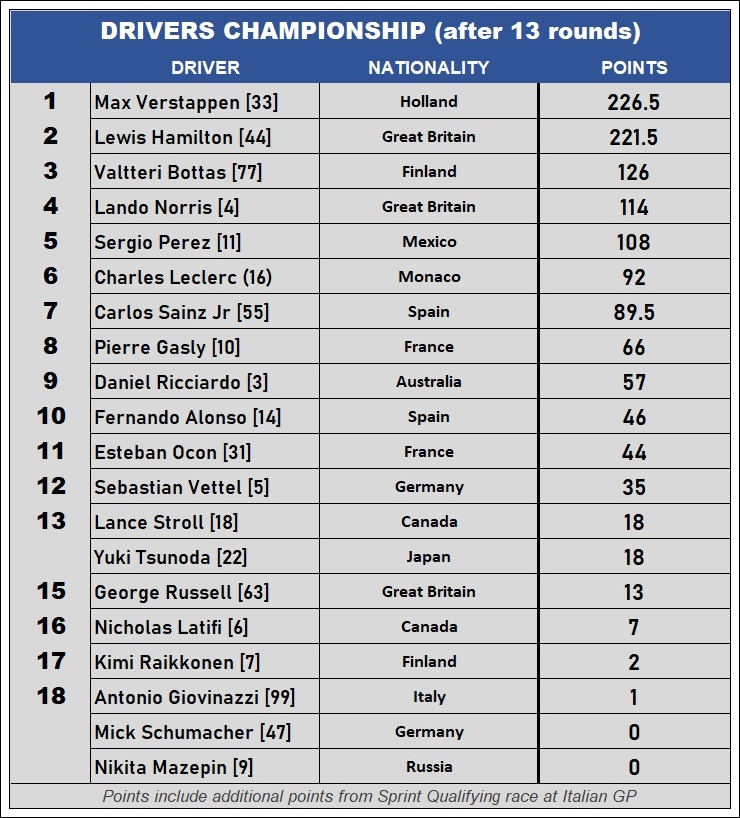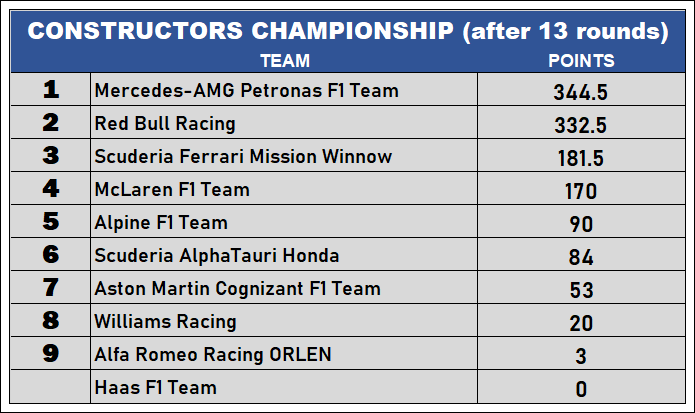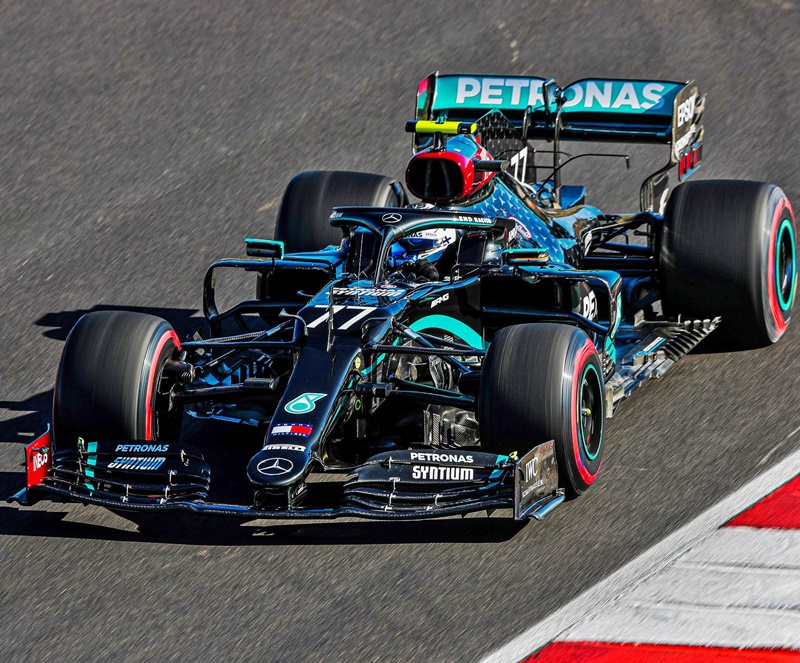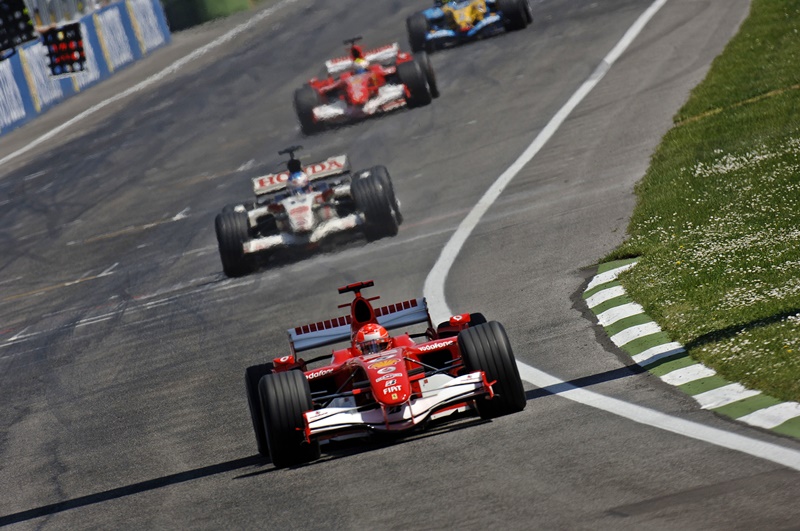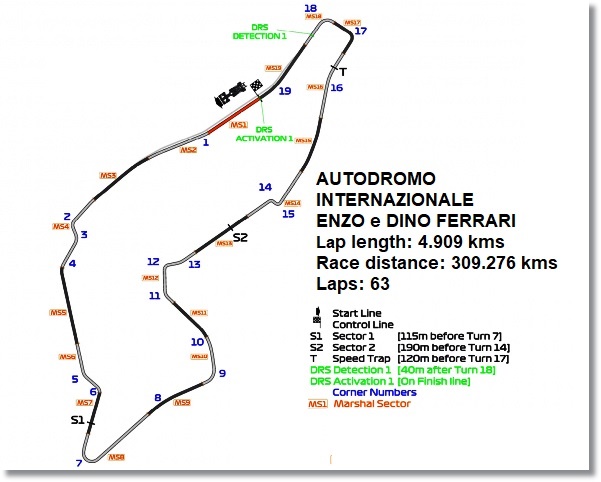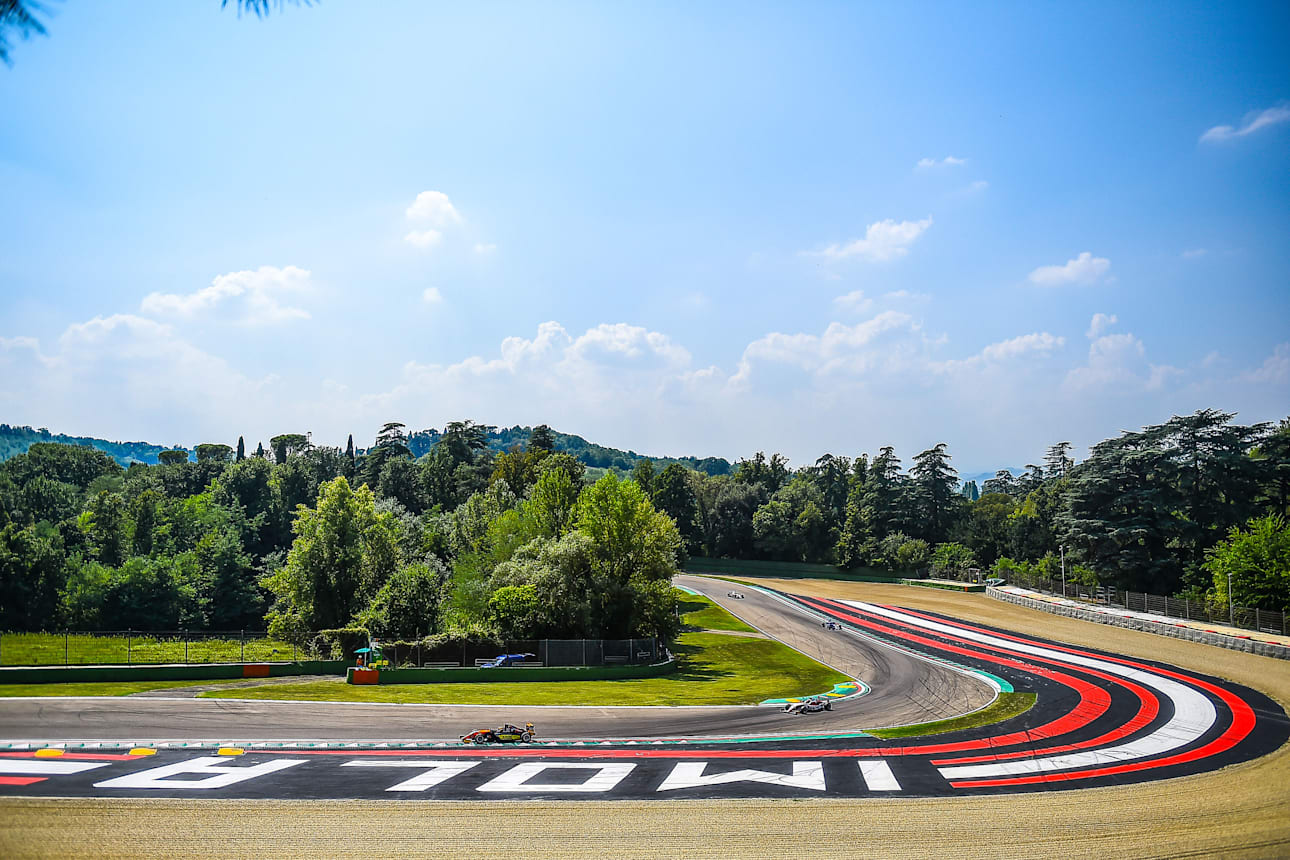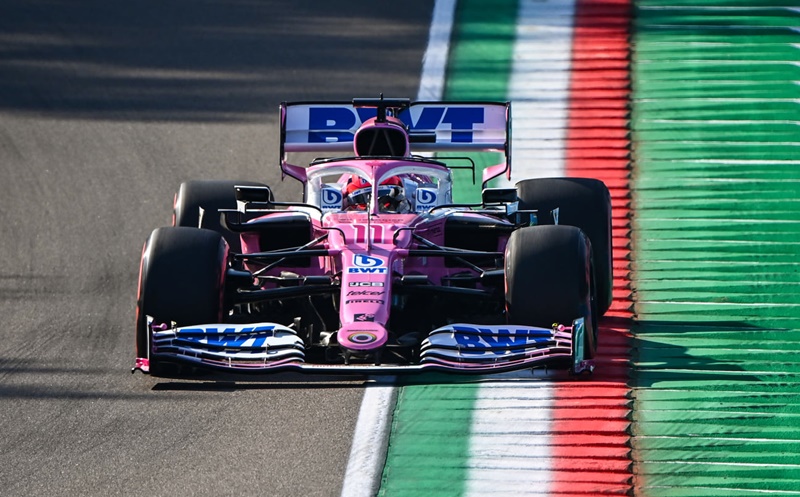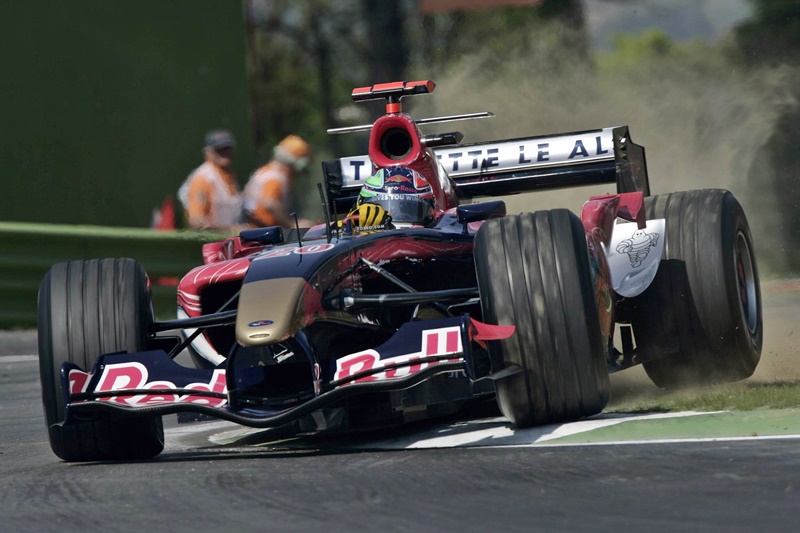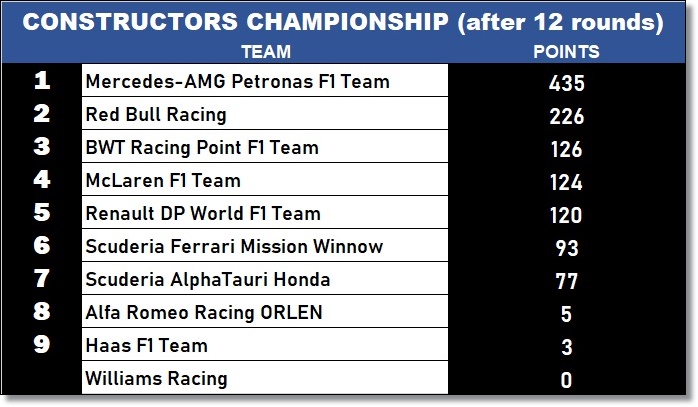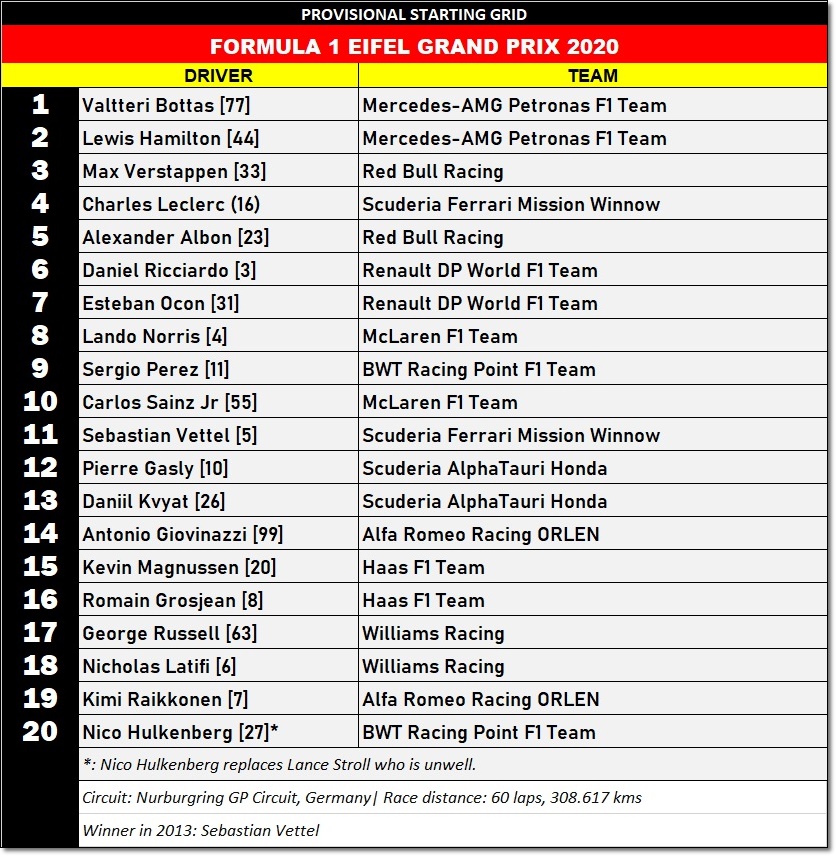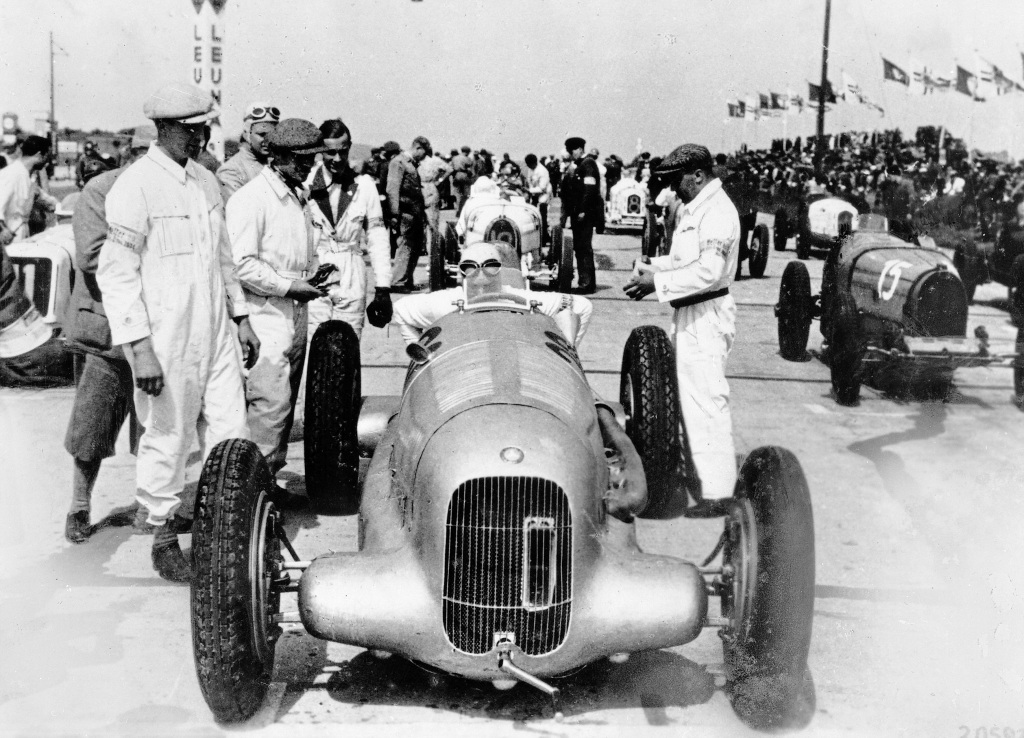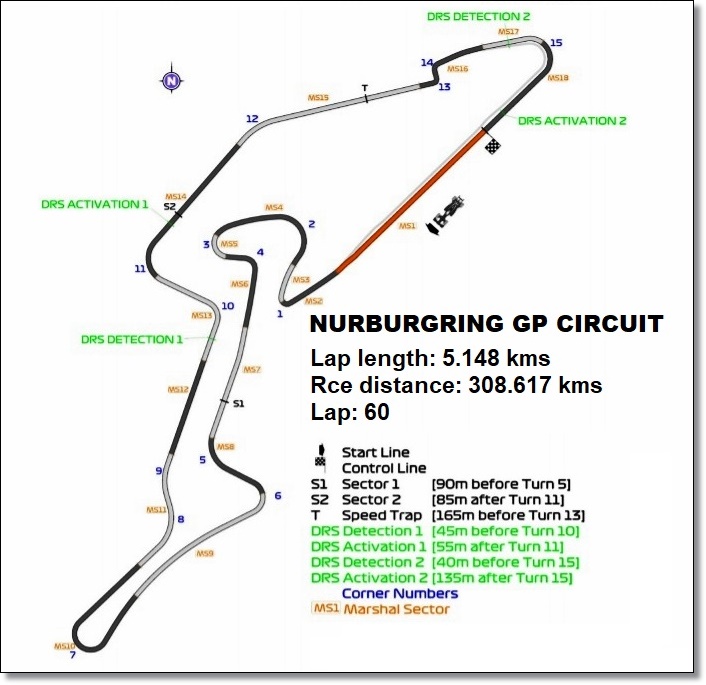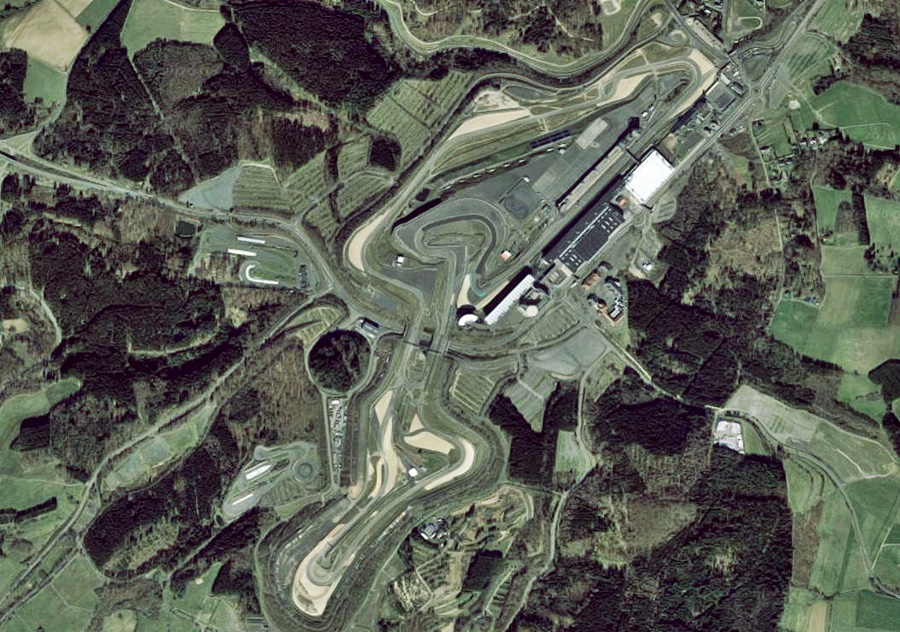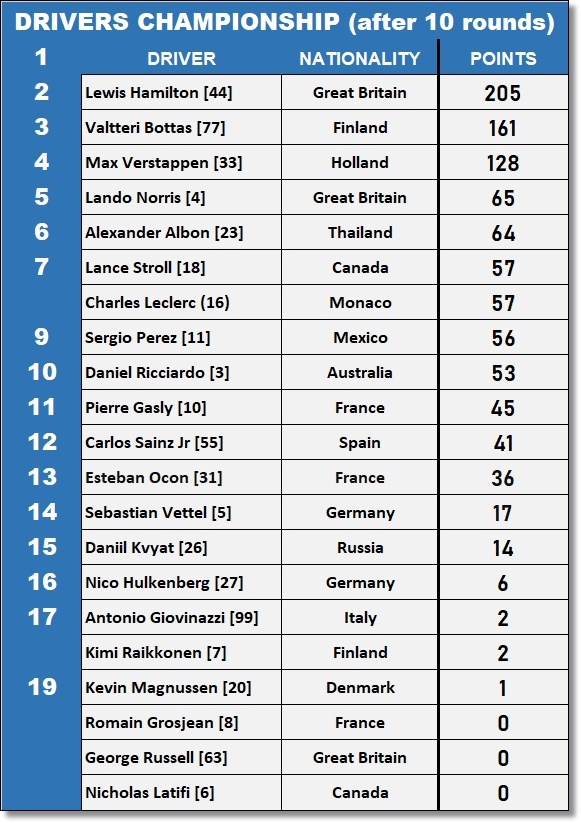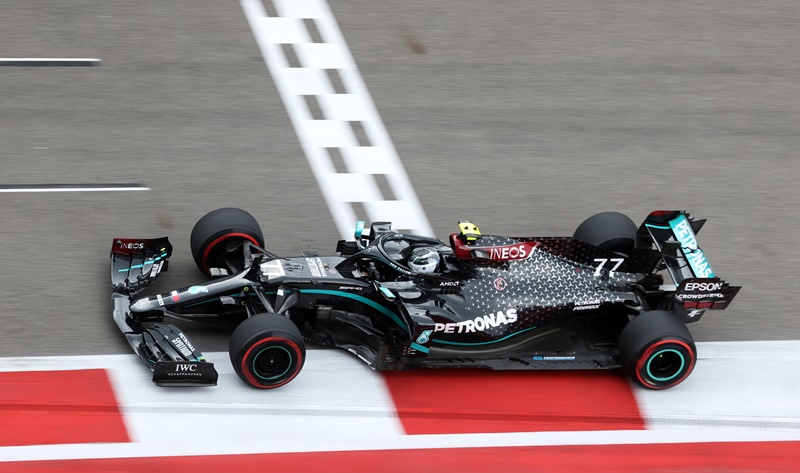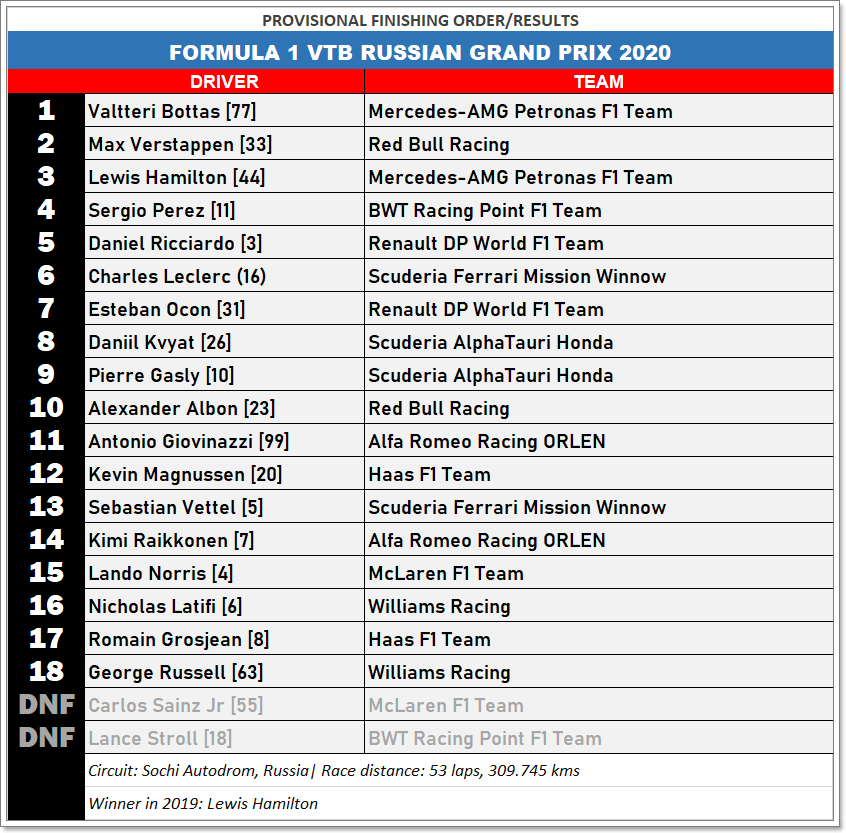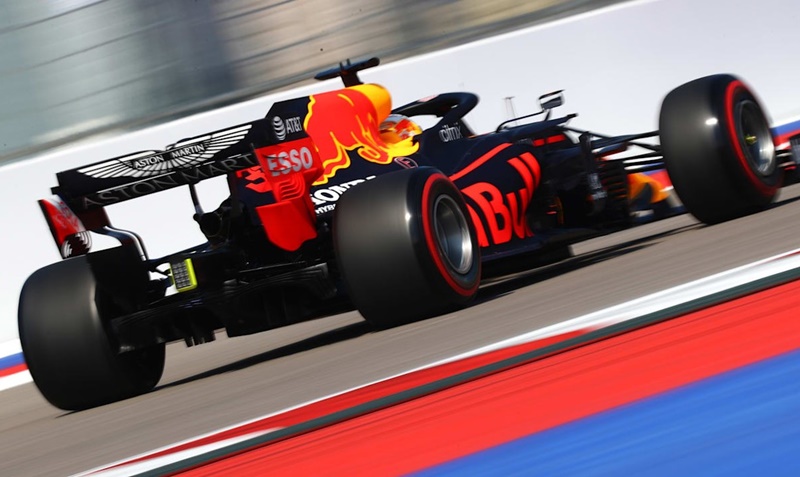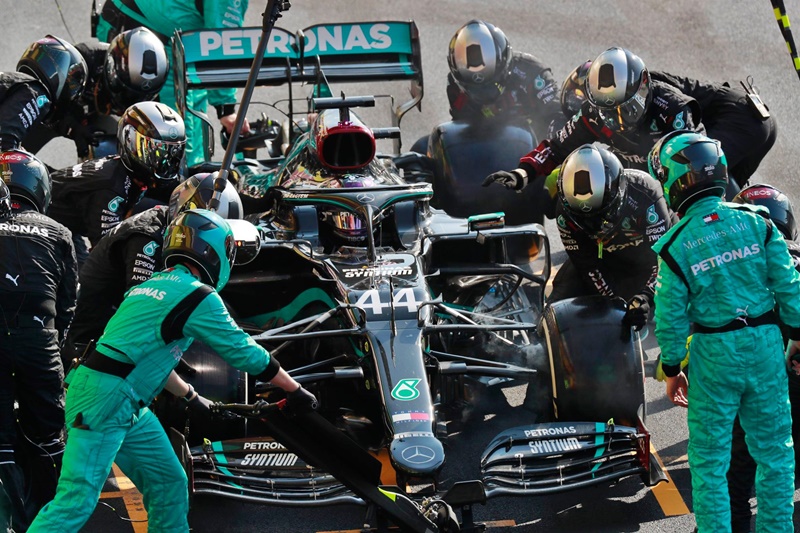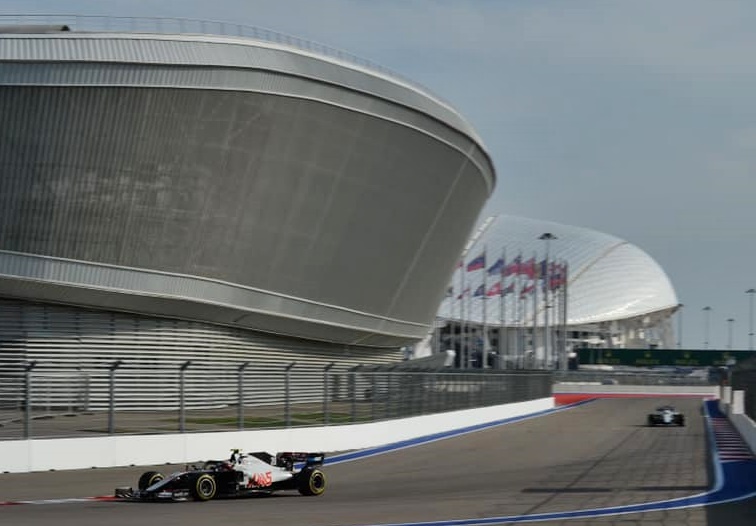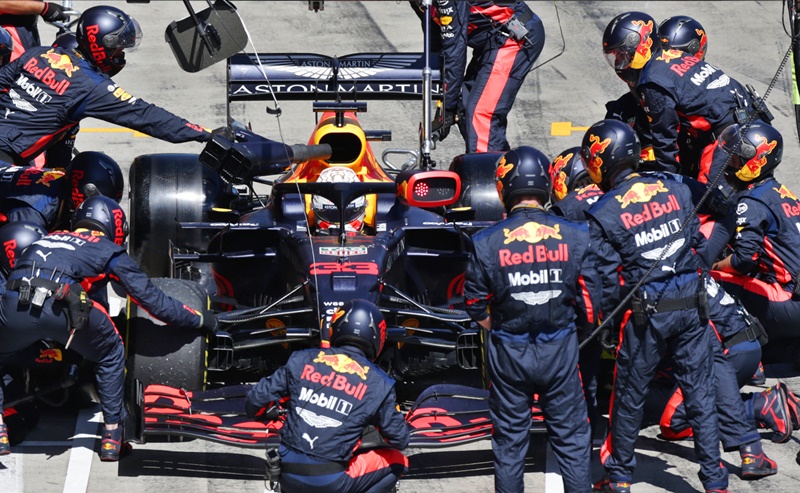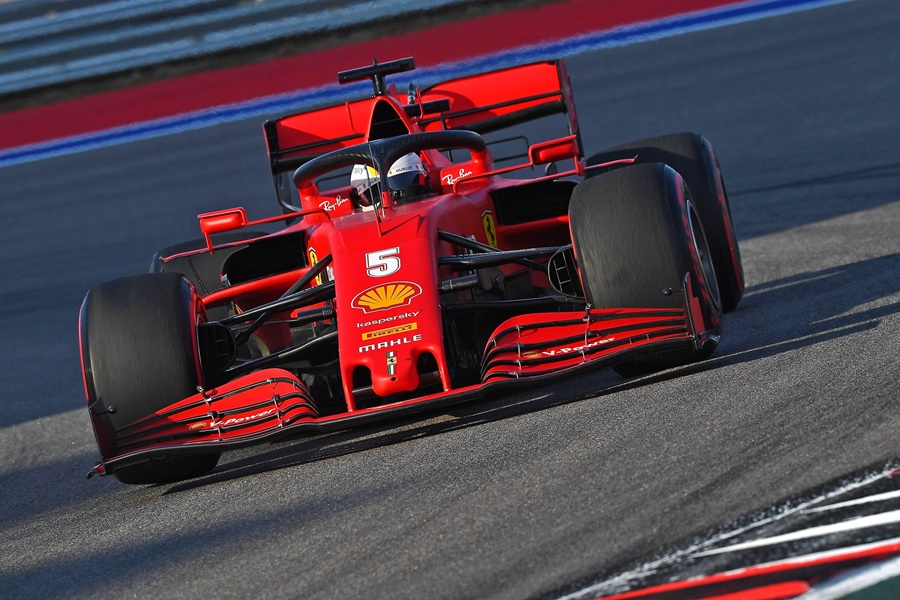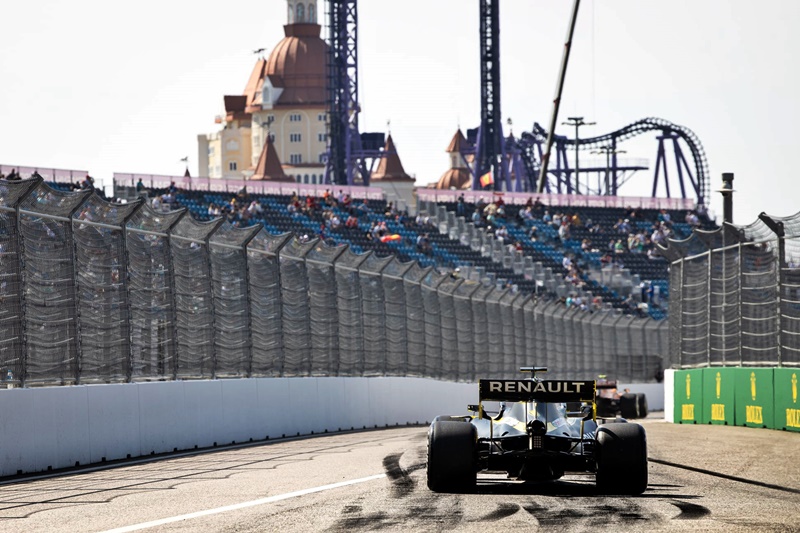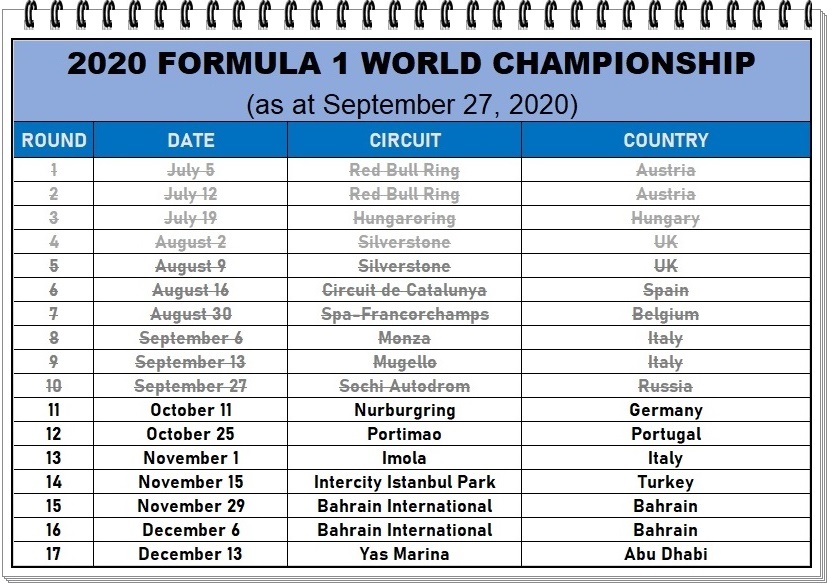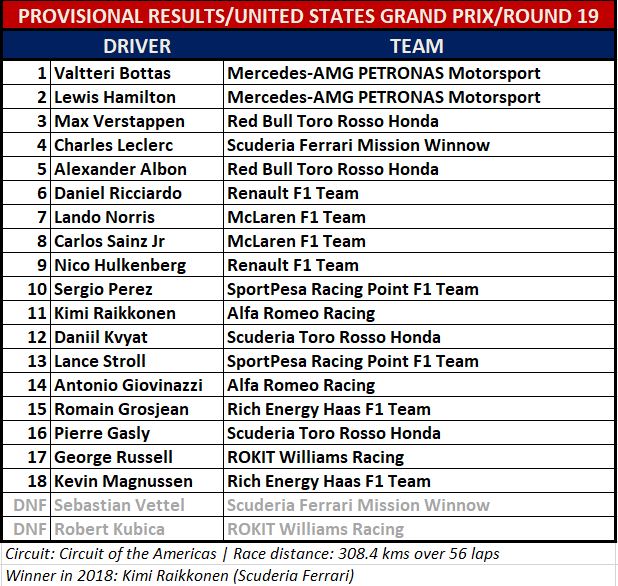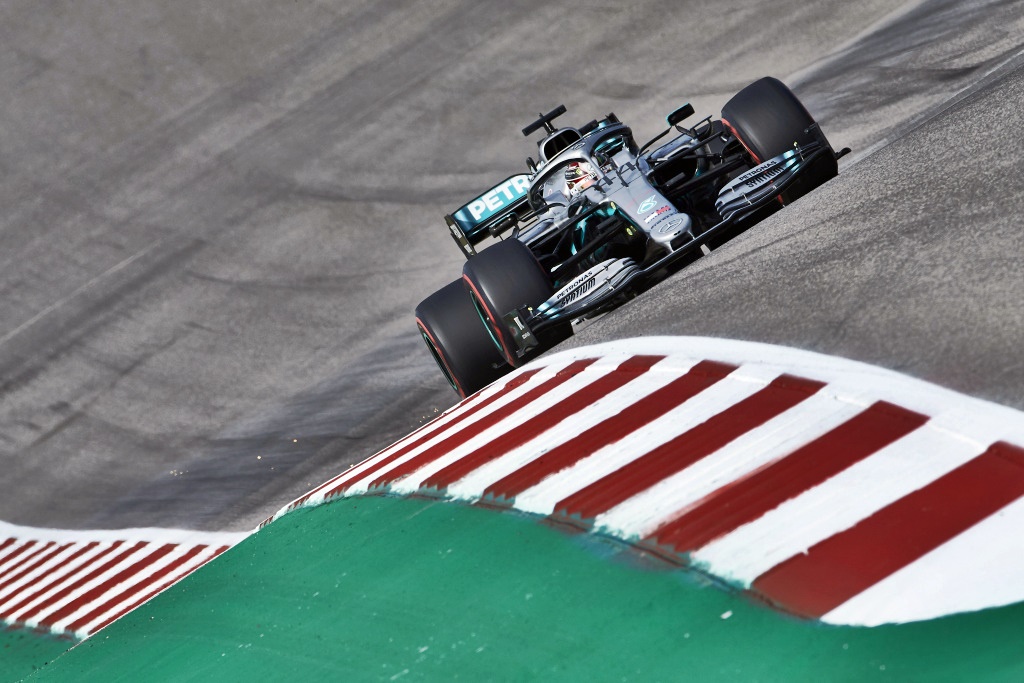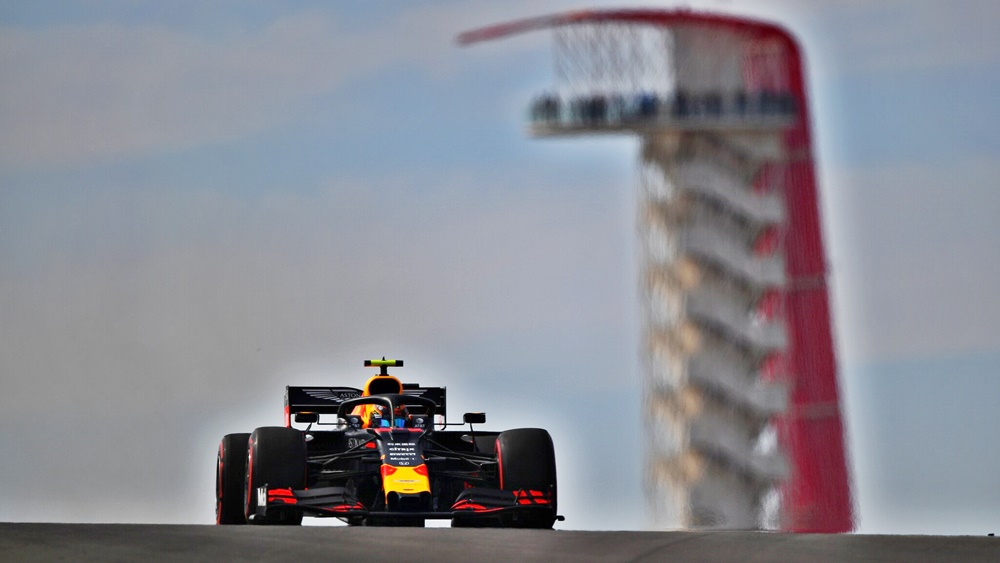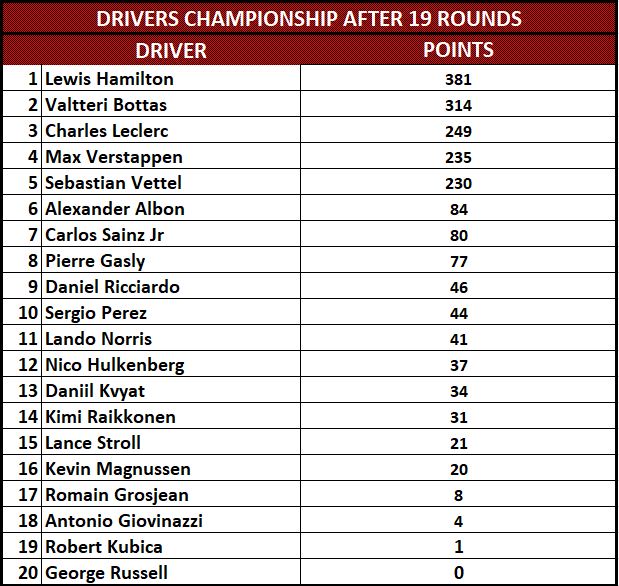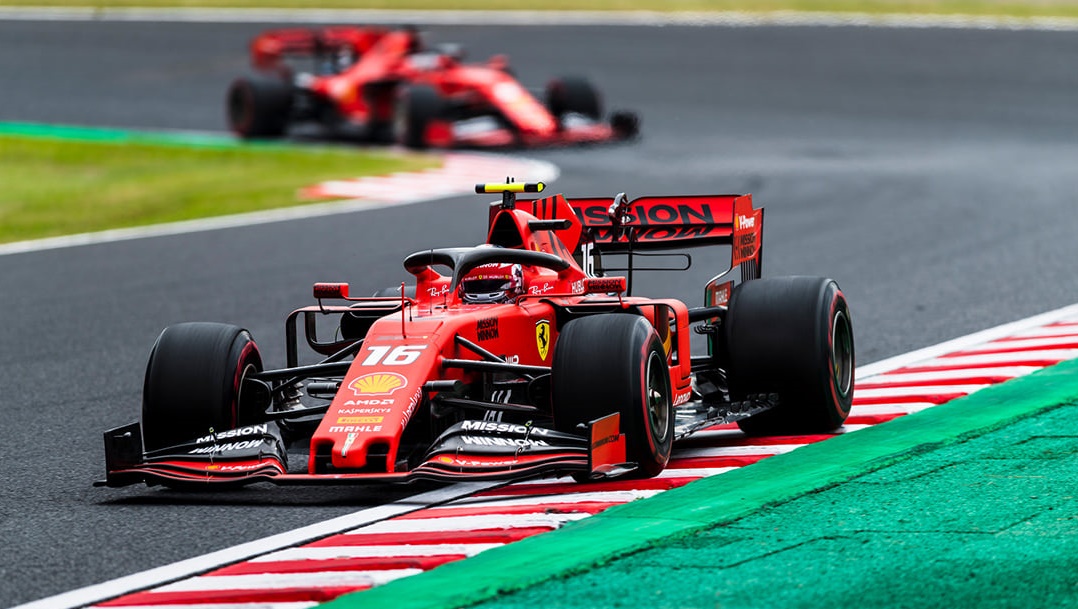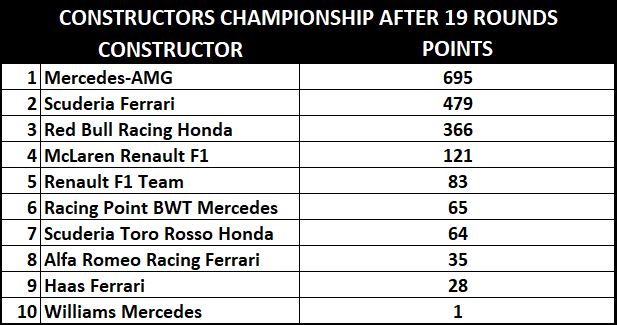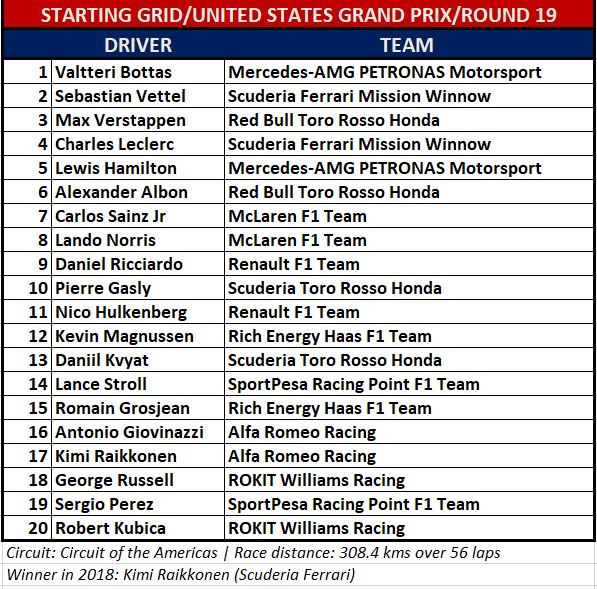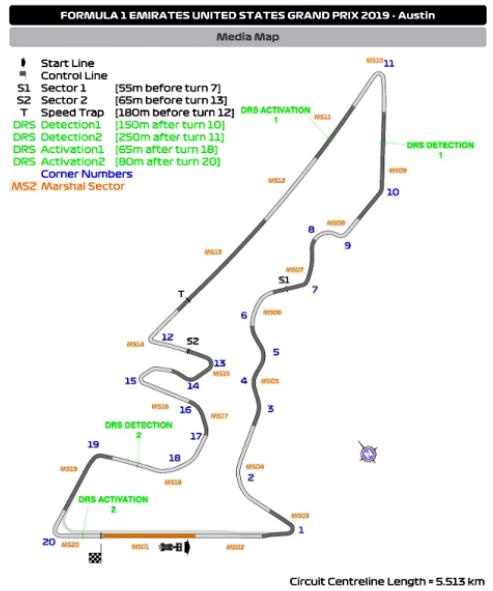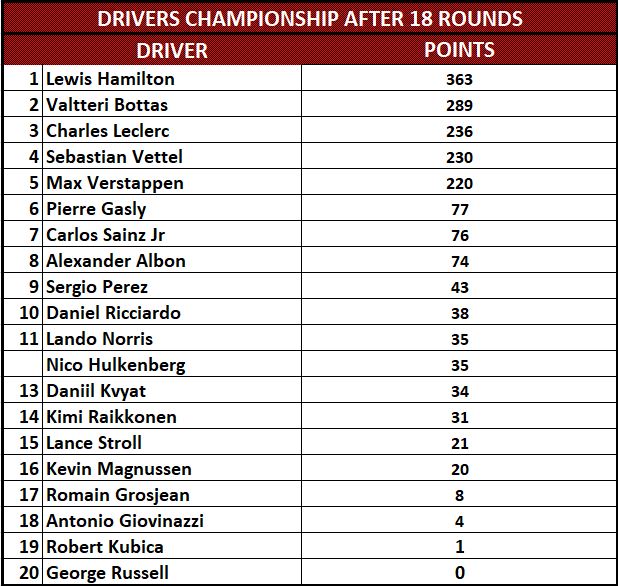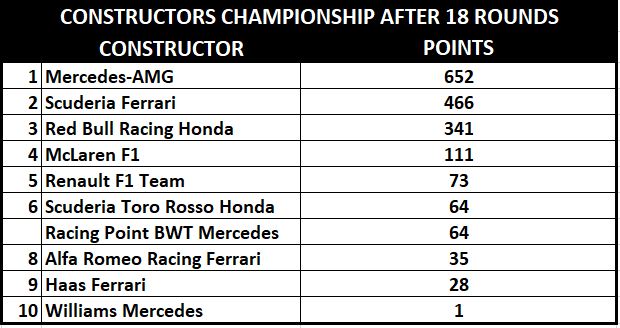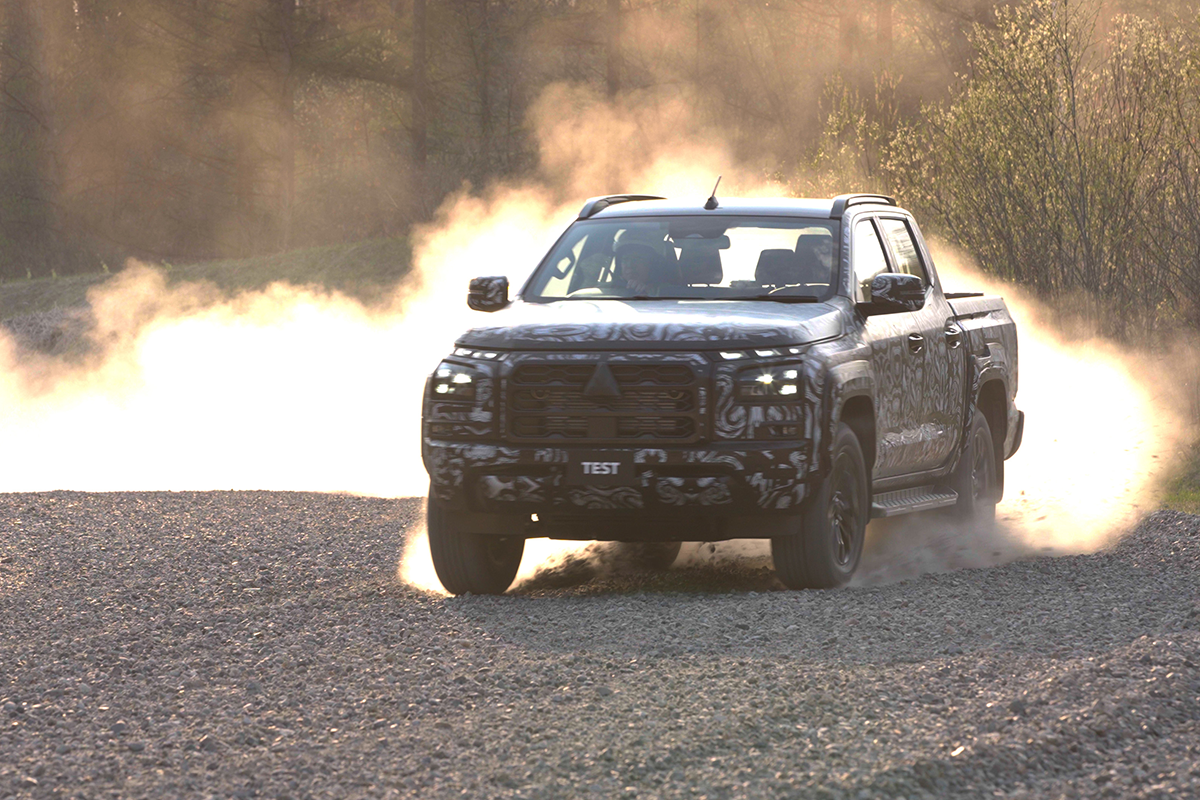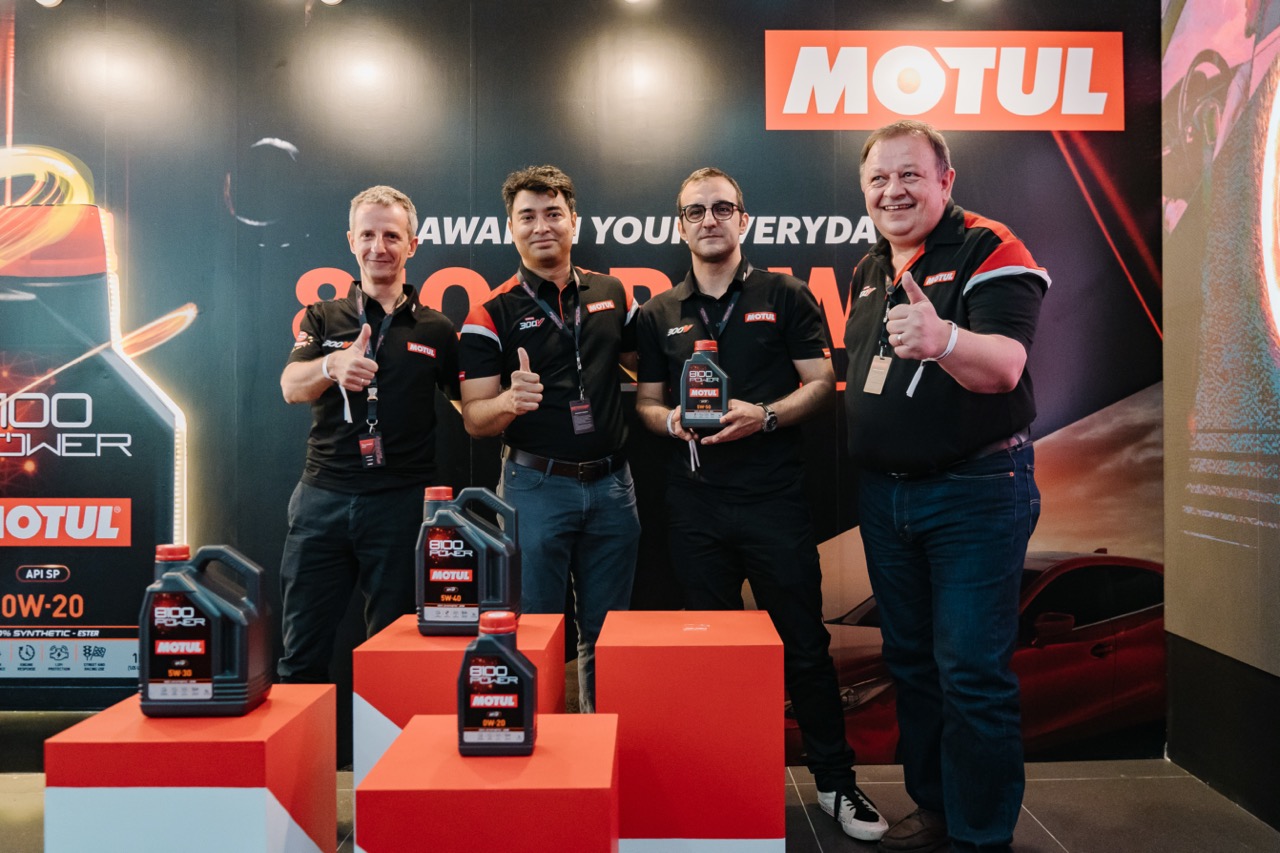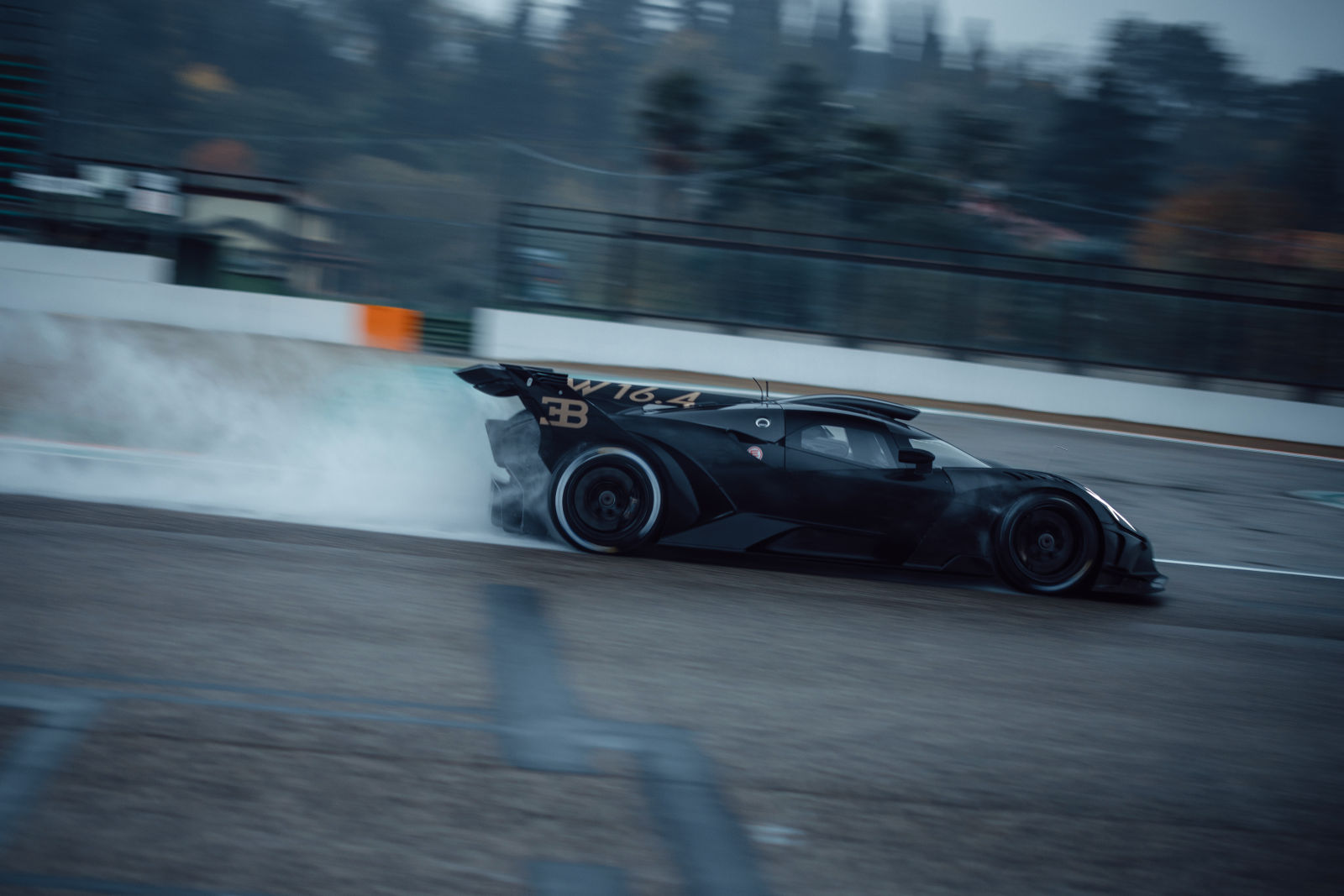Alfa Romeo is one of the older names in Formula 1, having been in Grand Prix races even before the championship began in 1950. Unlike Ferrari, its presence has not been constant although whenever it has been present, it has been enthusiastically supported by fans. Its longest presence as a team was in the 1980s when it participated for 6 years and ceased after the 1950 season. Then in 2019, the name returned when Sauber was rebranded as Alfa Romeo marking the factory’s return to the sport as a constructor. They contracted Kimi Raikkonen and Antonio Giovinazzi as drivers until 2021.
In 2022, they will have 10-times race winner, Valtteri Bottas, coming from the successful Mercedes-AMG PETRONAS team as well as GuanYu Zhou, the first F1 driver from China and the only rookie on the grid this year. Robert Kubica will be the reserve driver for the team.

The team has maintained the Sauber convention for its racing car designations, starting with C38 in 2019 car so for 2022, three years later, the new car is designated the C42. The official team name will be the same as before – Alfa Romeo F1 Team ORLEN – with the title sponsor again being the Polish petroleum company.
The C42 has eye-catching livery, a stunning yet subtle nod to the past, recalling historical designs of years past and the heritage of Alfa Romeo and Sauber Motorsport. It is the 30th year of F1 for the Sauber Motorsport team which is based in Hinwil, Switzerland.
Created by the Centro Stile Alfa Romeo, the new livery gives the car a powerful, recognisable identity. The paintwork is a perfect blend of the two dominant colours, red and white. The engine area is painted red, with a diagonal cross-section that conveys the dynamism of the car’s body. The historic Alfa Romeo lettering fits into the diagonal as a reference to the early 20th century, having made its debut on the brand’s racing cars in the 1920s.
‘Tonale’ can be seen below, the name of a new SUV model that has recently been unveiled. The Quadrifoglio symbol of sportiness can be found in the upper section, alongside the diagonal dividing line between red and white. The Italian flag is included on the back of the spoiler, proudly featuring the wording ‘Alfa Romeo’.
As with all the other F1 cars for 2022, the C42 has been developed and built under the budget cap regulations and for the new era of F1 which sees significantly new technical regulations. These regulations, which cover aerodynamic aspects, have required the design to be a radical departure from the past.
It embraces the possibilities dictated by the new ground-effect floor, updated aerodynamic package and larger 18-inch, low profile tyres. The C42 is powered by a new and improved Ferrari engine, and has been designed for the closer racing and competitive fighting which the new regulations are expected to create.
“The 2022 championship promises to be the most compelling one in recent years. The new regulations, the new driver line-up and a brand-new car represent a veritable revolution for F1 and especially for the team. At Alfa Romeo, we are intent on grasping all the opportunities that will arise. Also for Alfa Romeo, 2022 represents a year of ‘metamorfosi’. With Tonale, the brand looks ahead into the era of electrification and connectivity, remaining true to its DNA of noble Italian sportsmanship dating back to 1910. That’s why we were clear about putting the ‘Tonale’ name on the single-seater. We can’t wait to see the red light go out to kick off an exciting F1 championship,” said Jean Philippe Imparato, CEO of Alfa Romeo.
Guanyu Zhou – first Chinese driver in F1, to race with Alfa Romeo Racing ORLEN team in 2022


